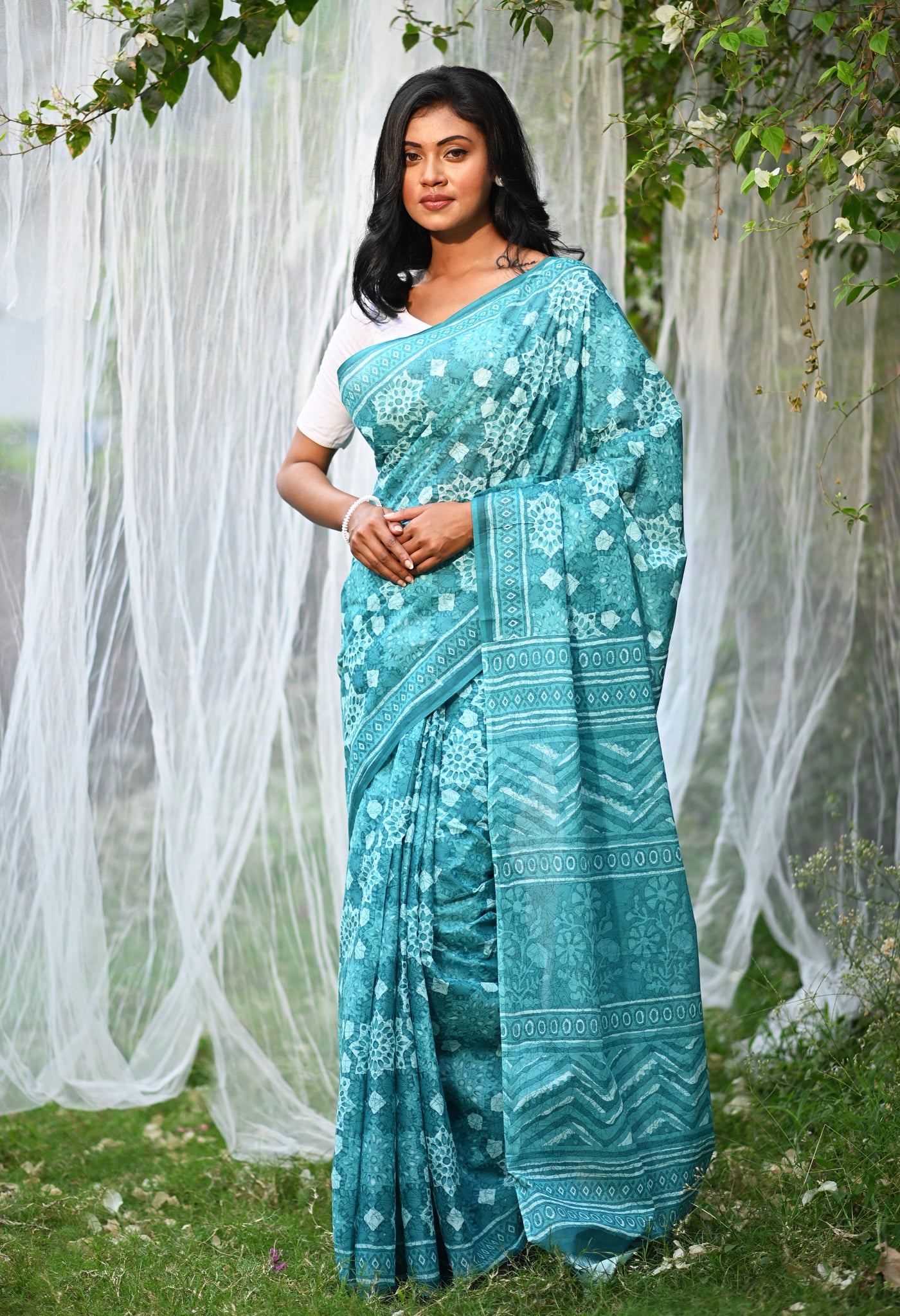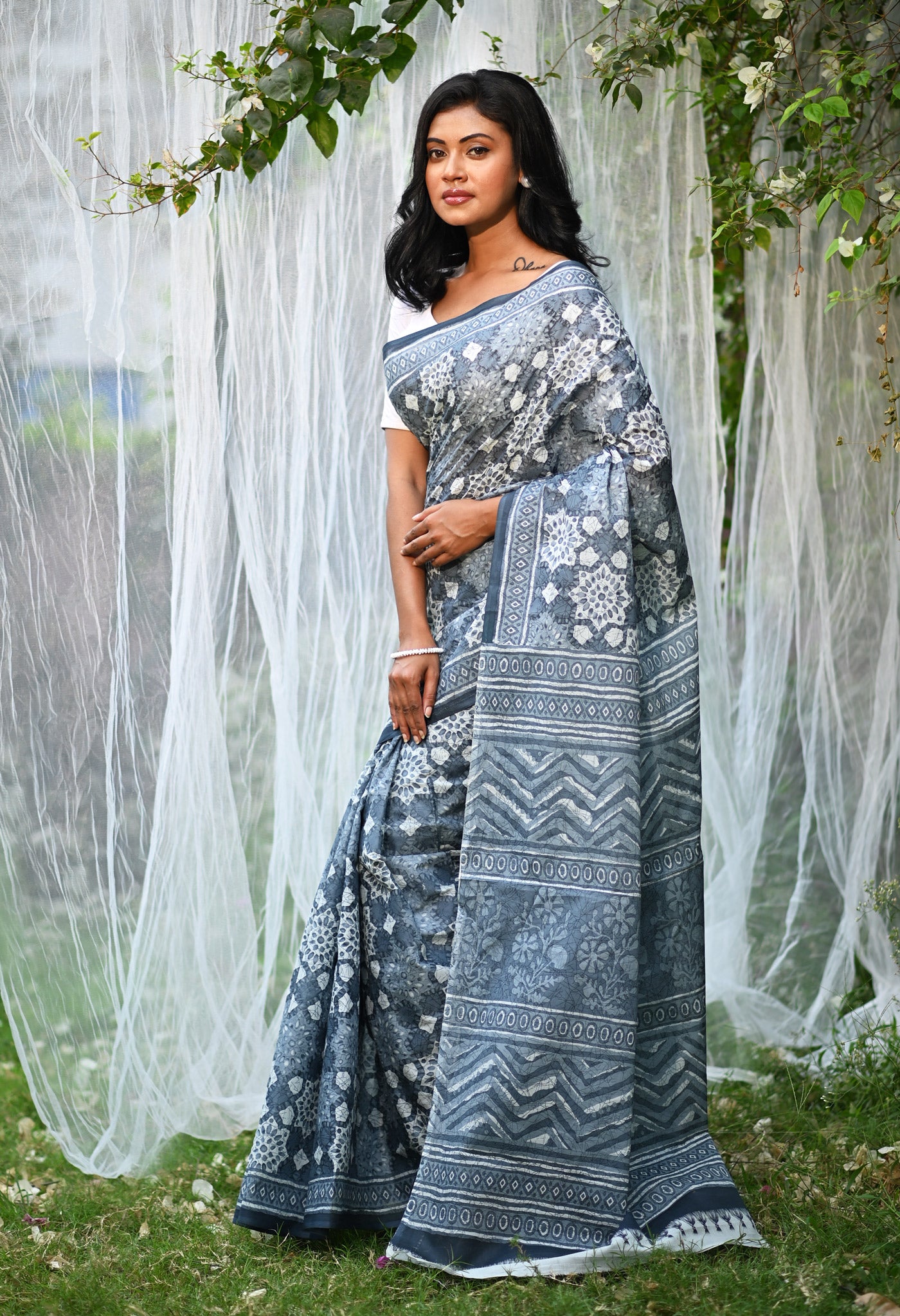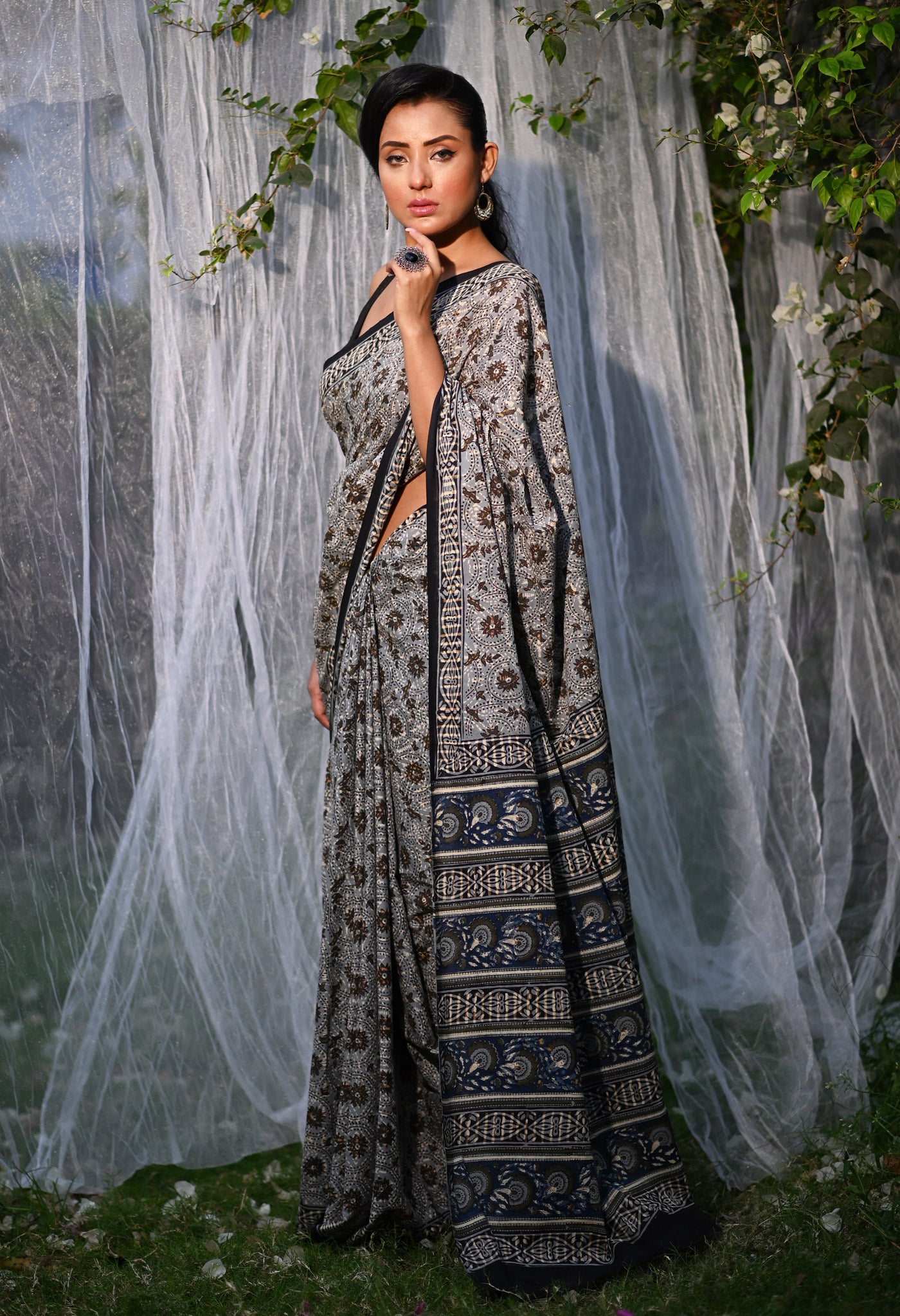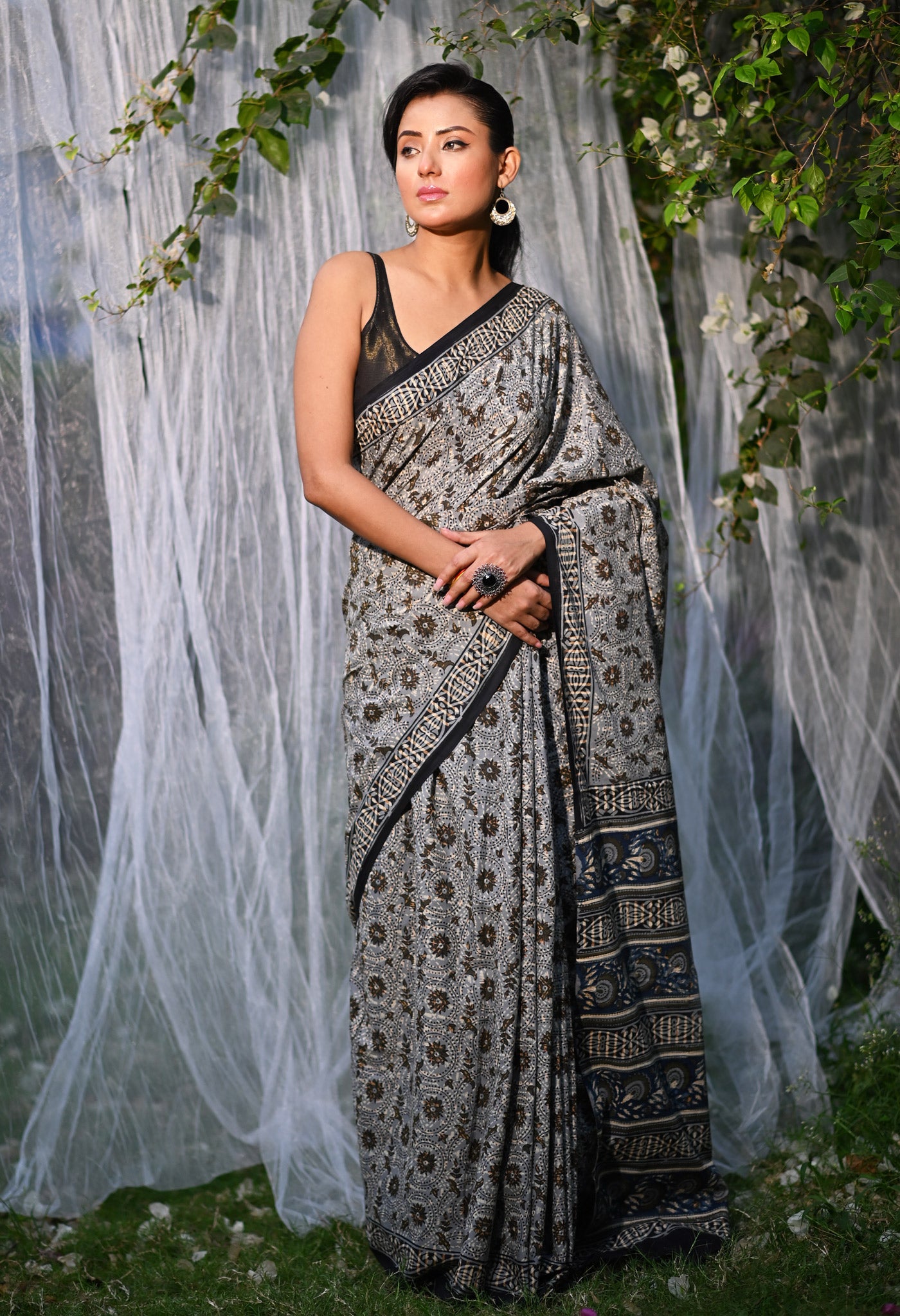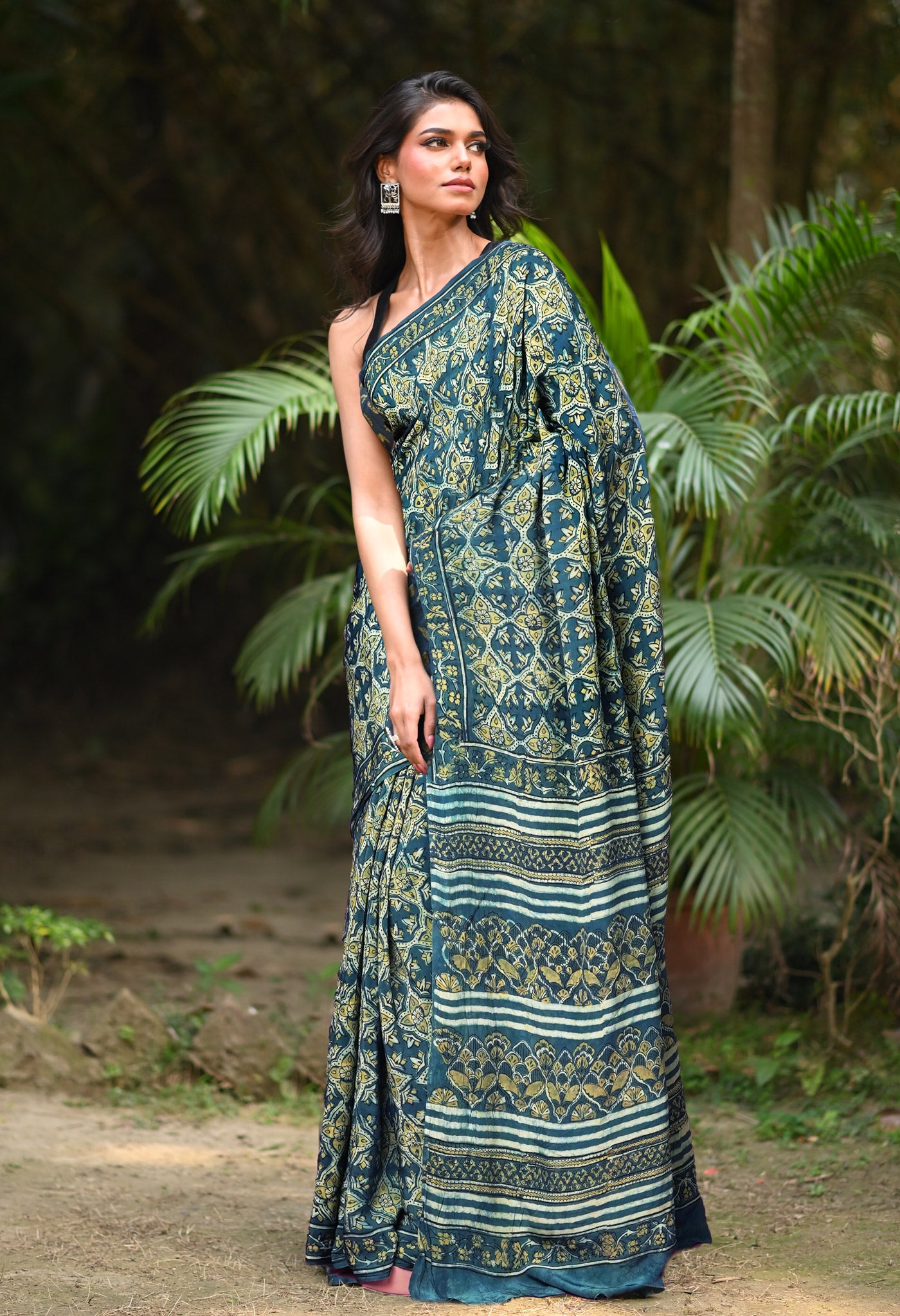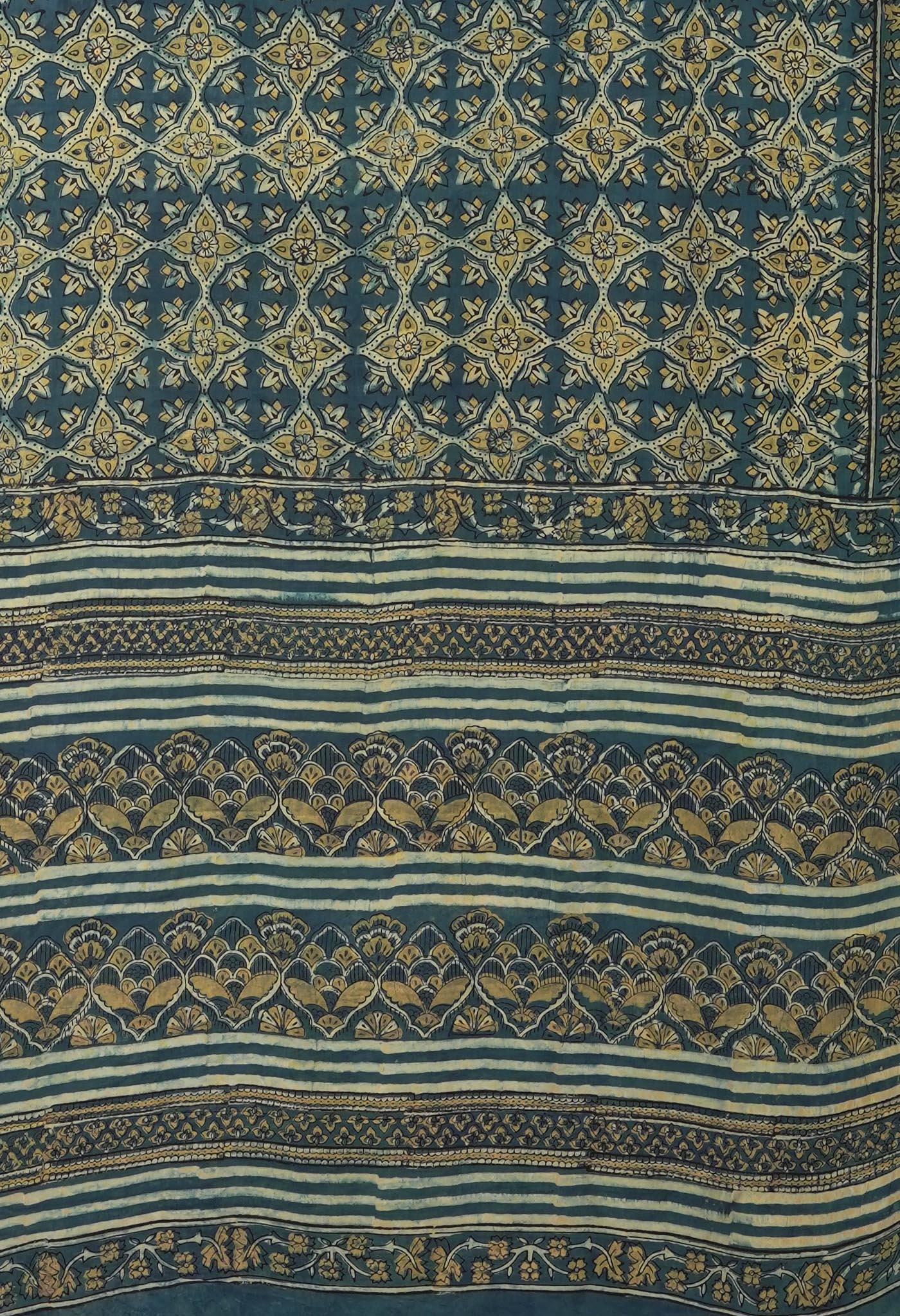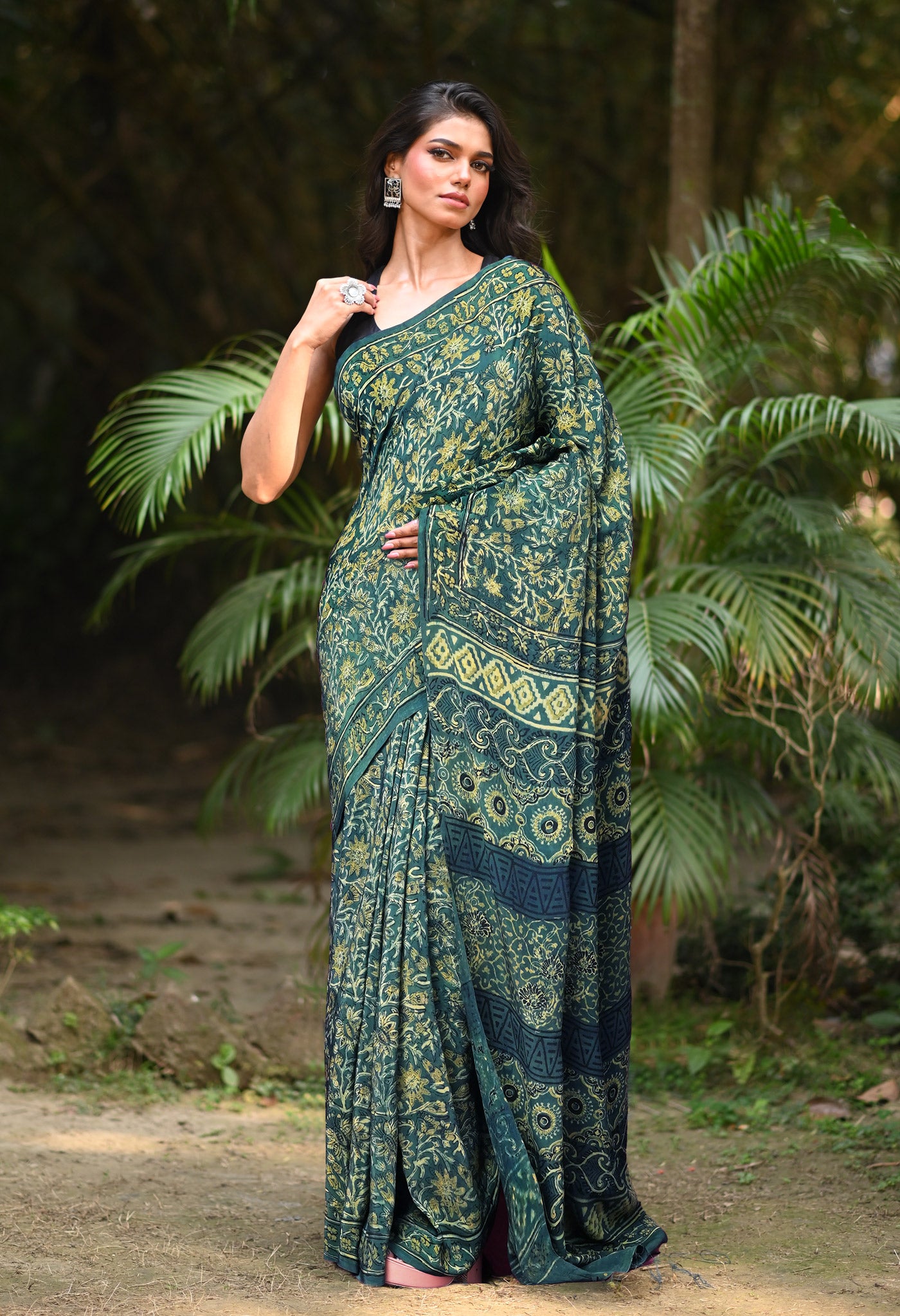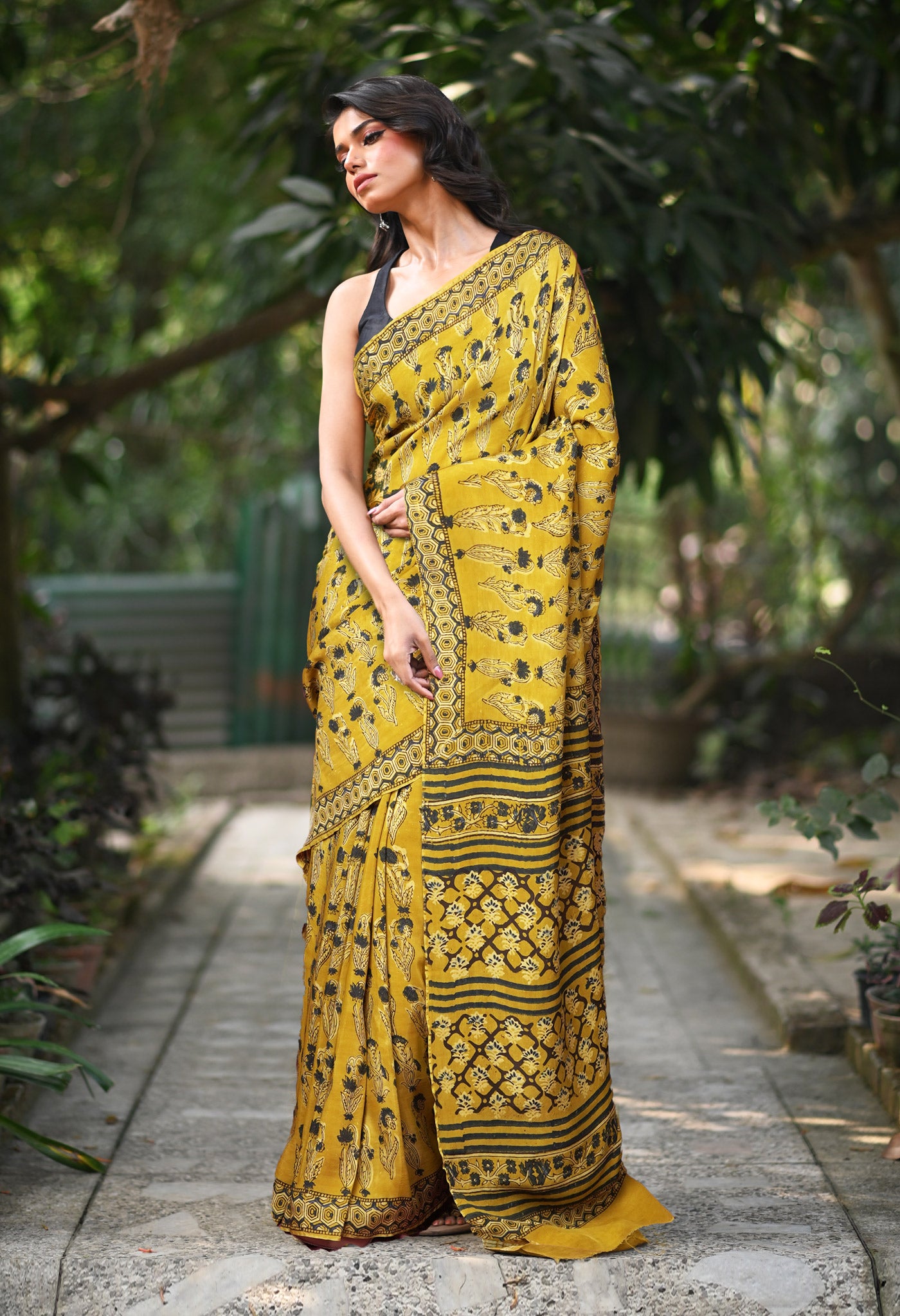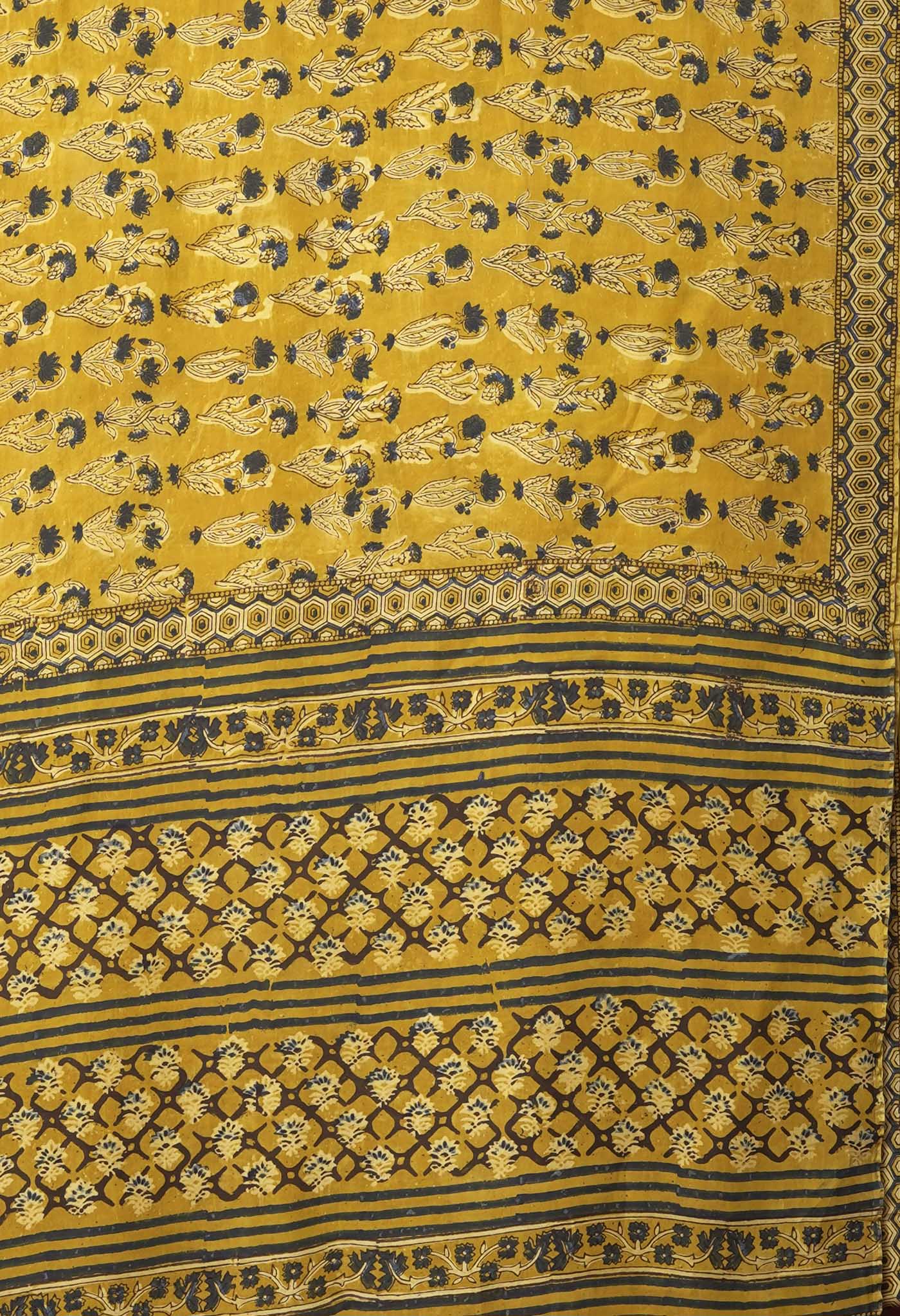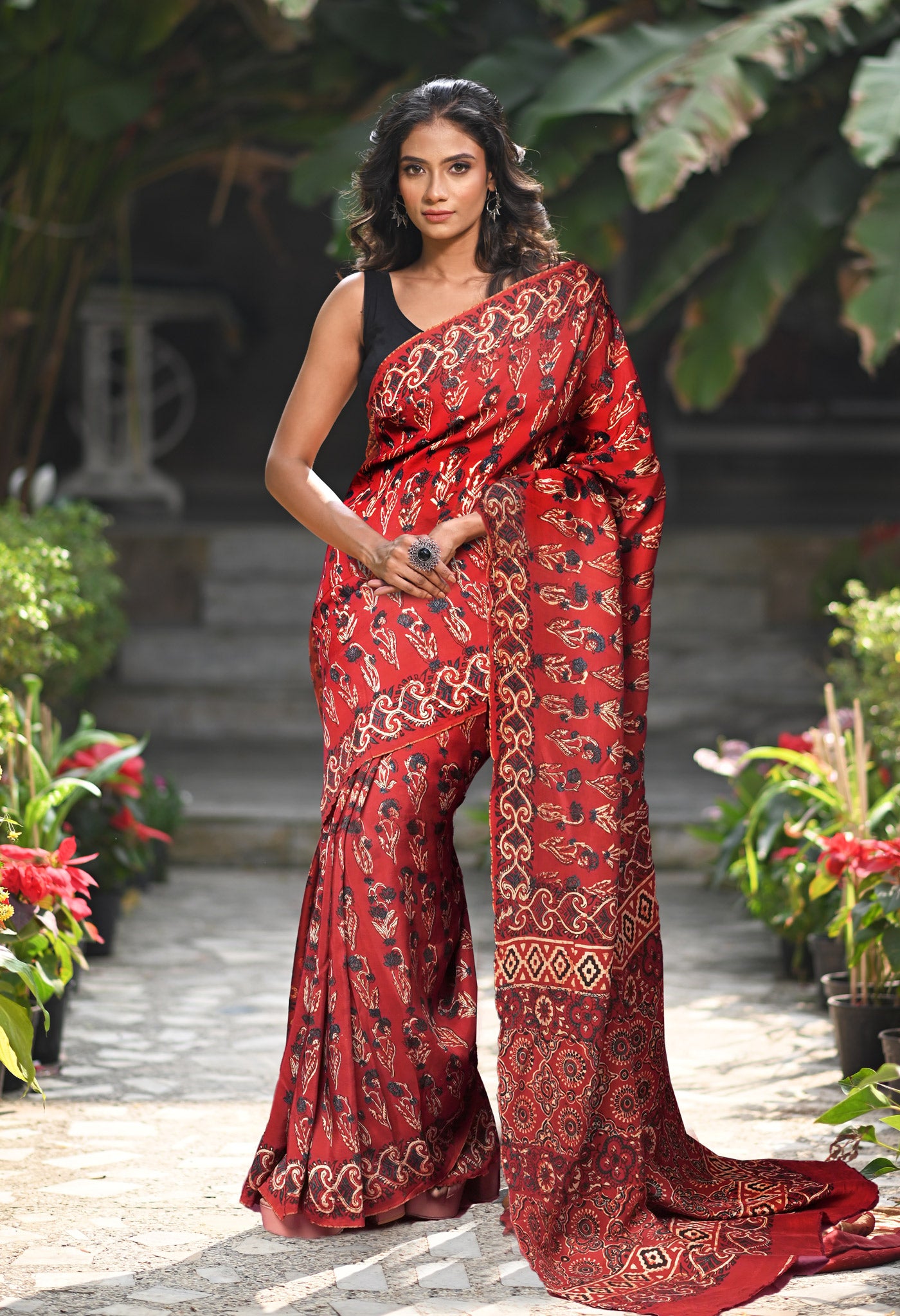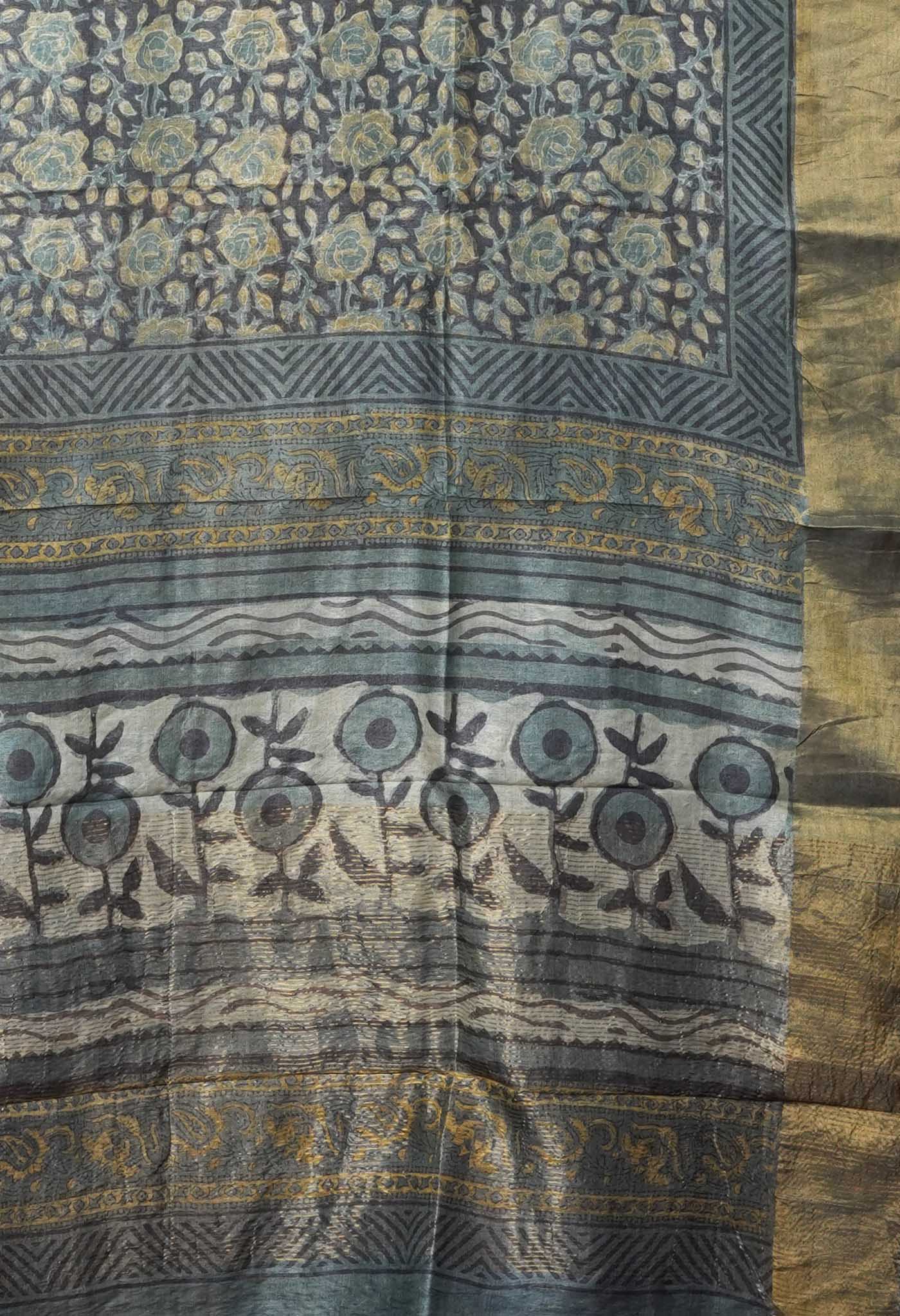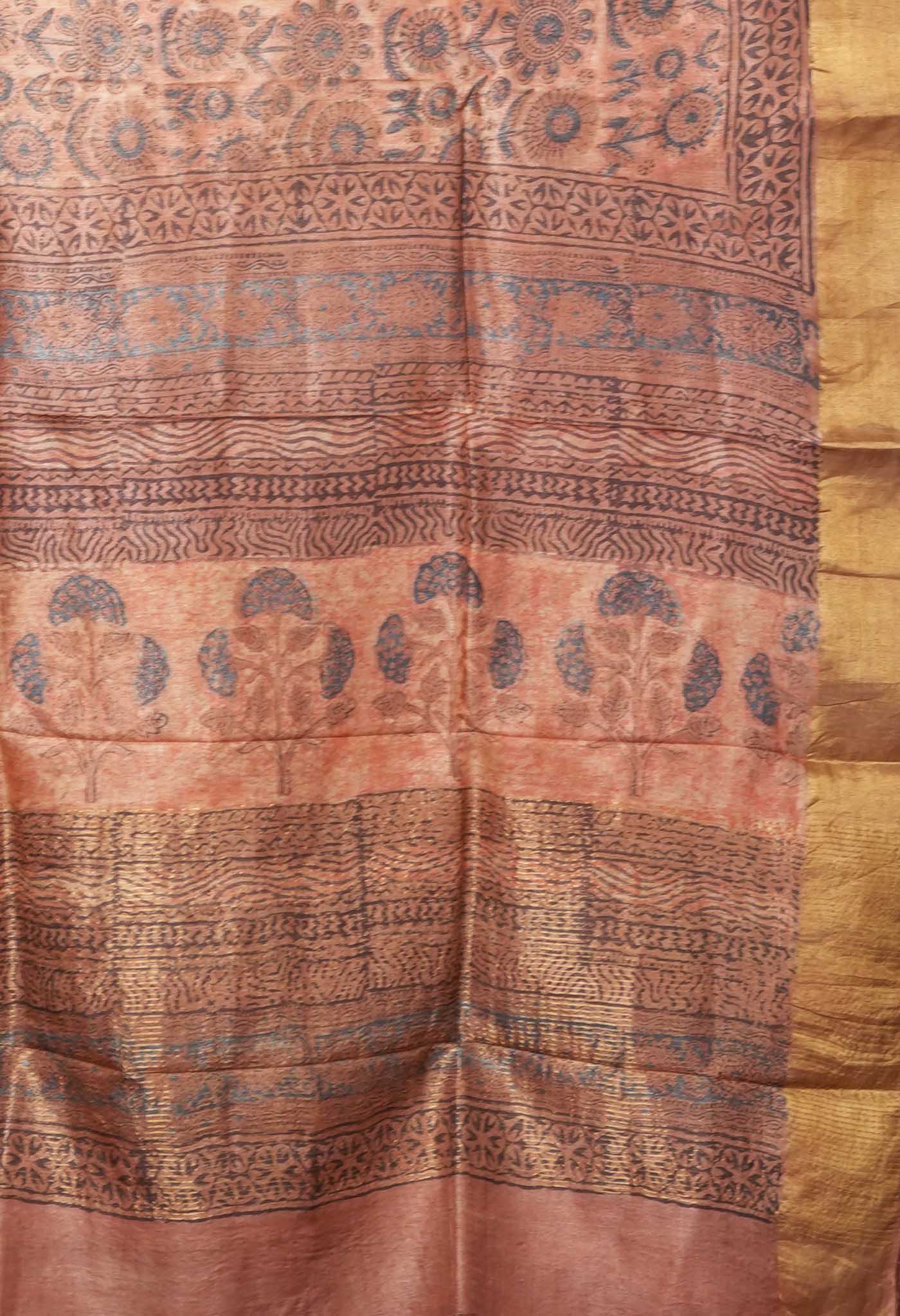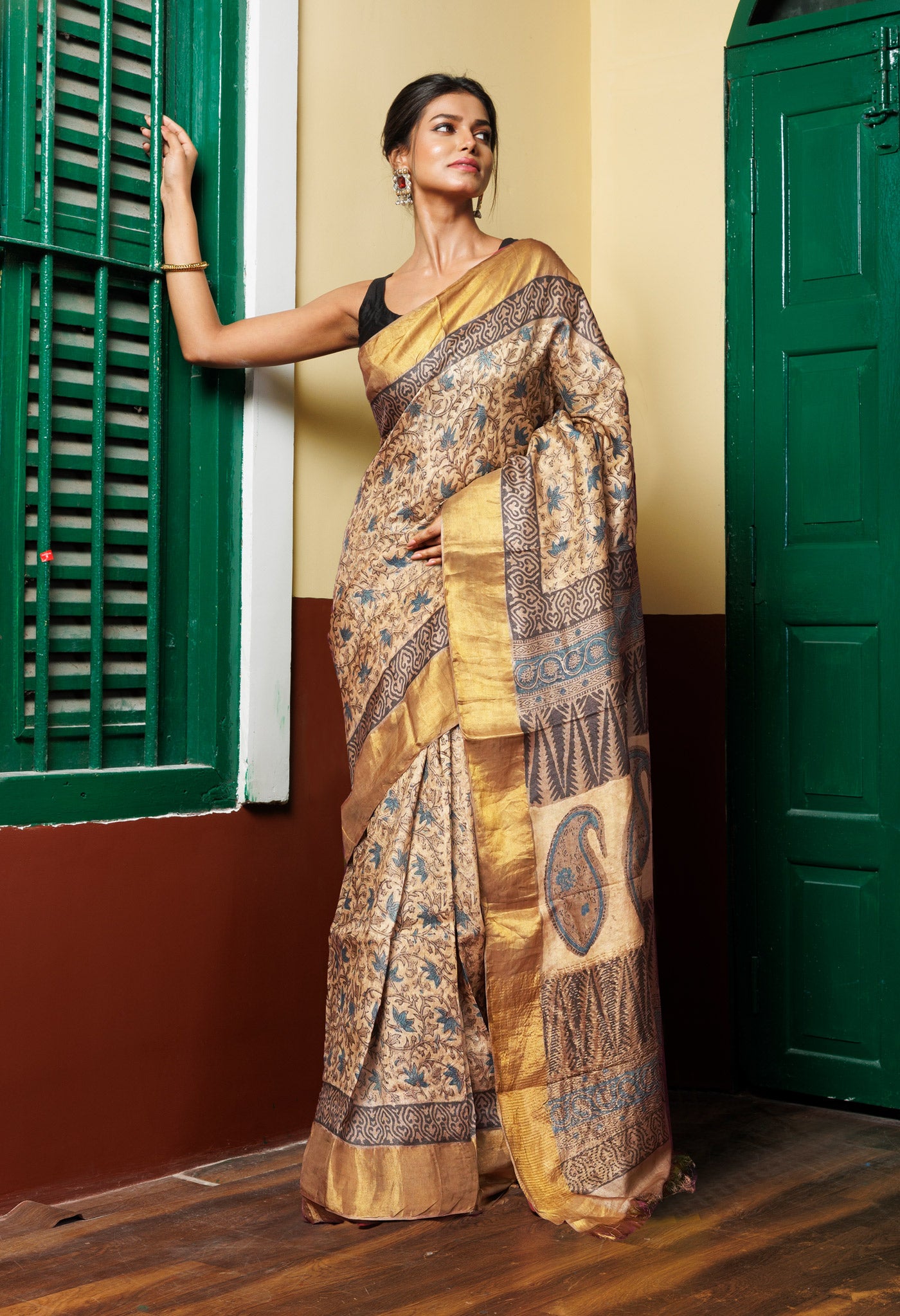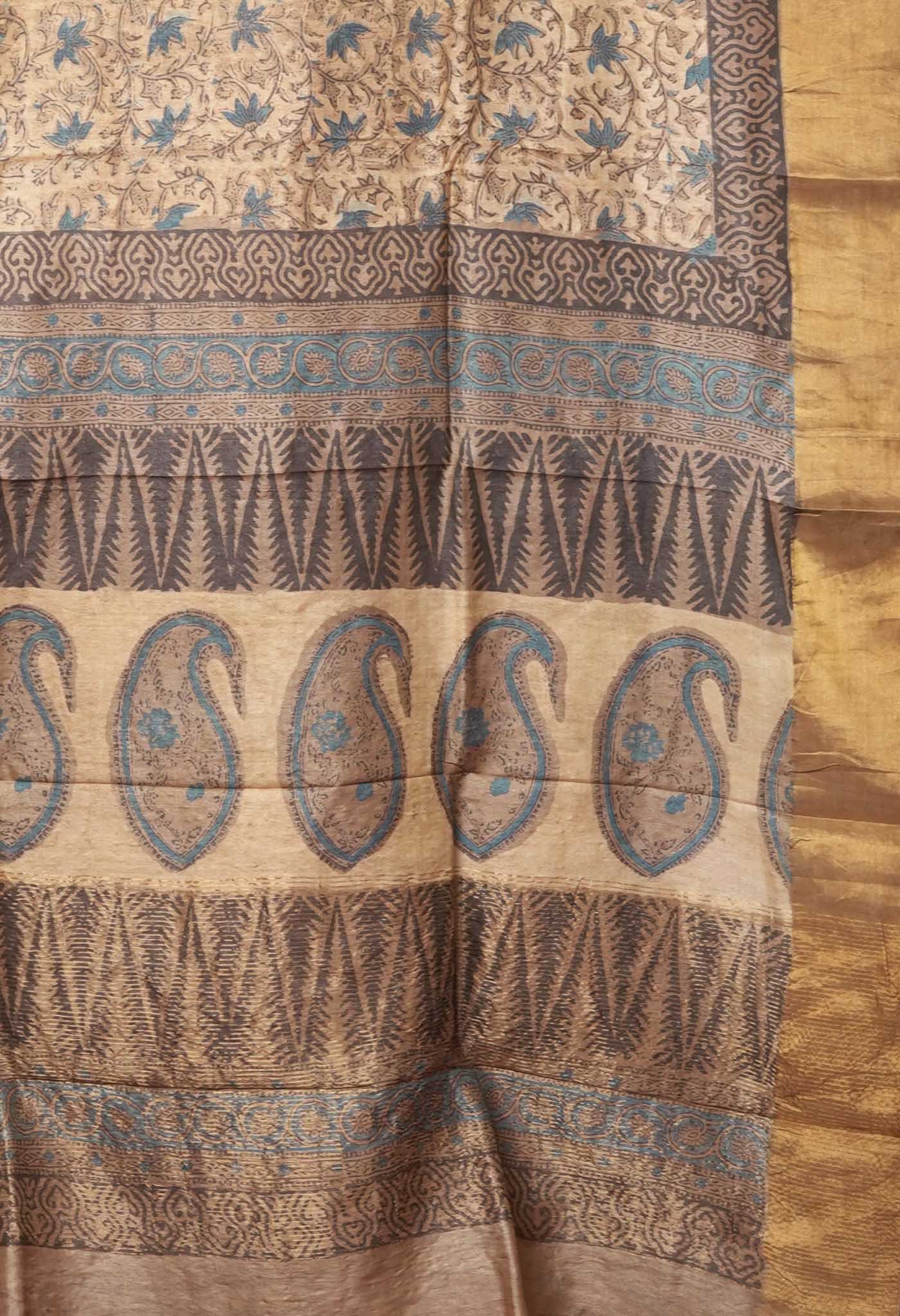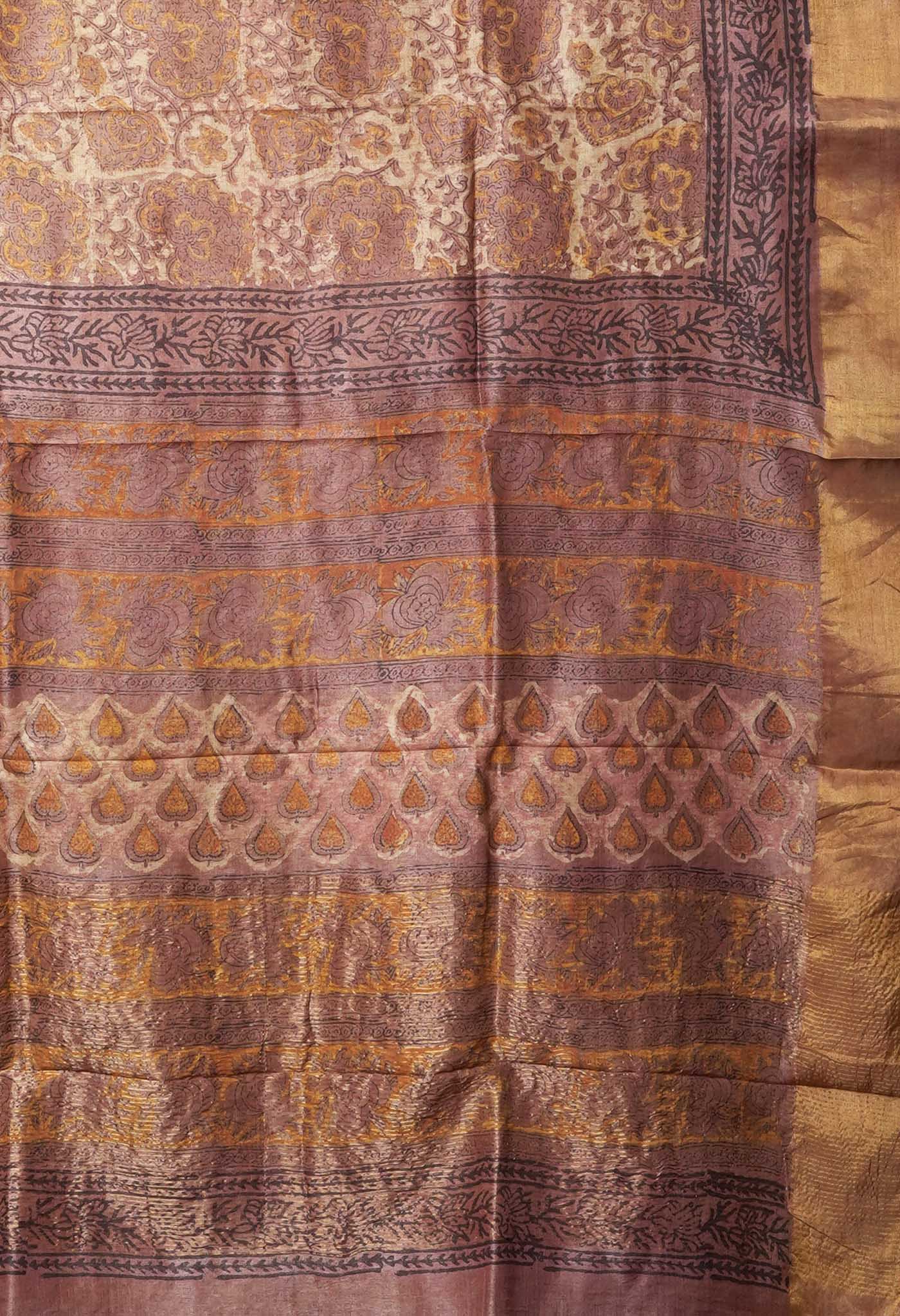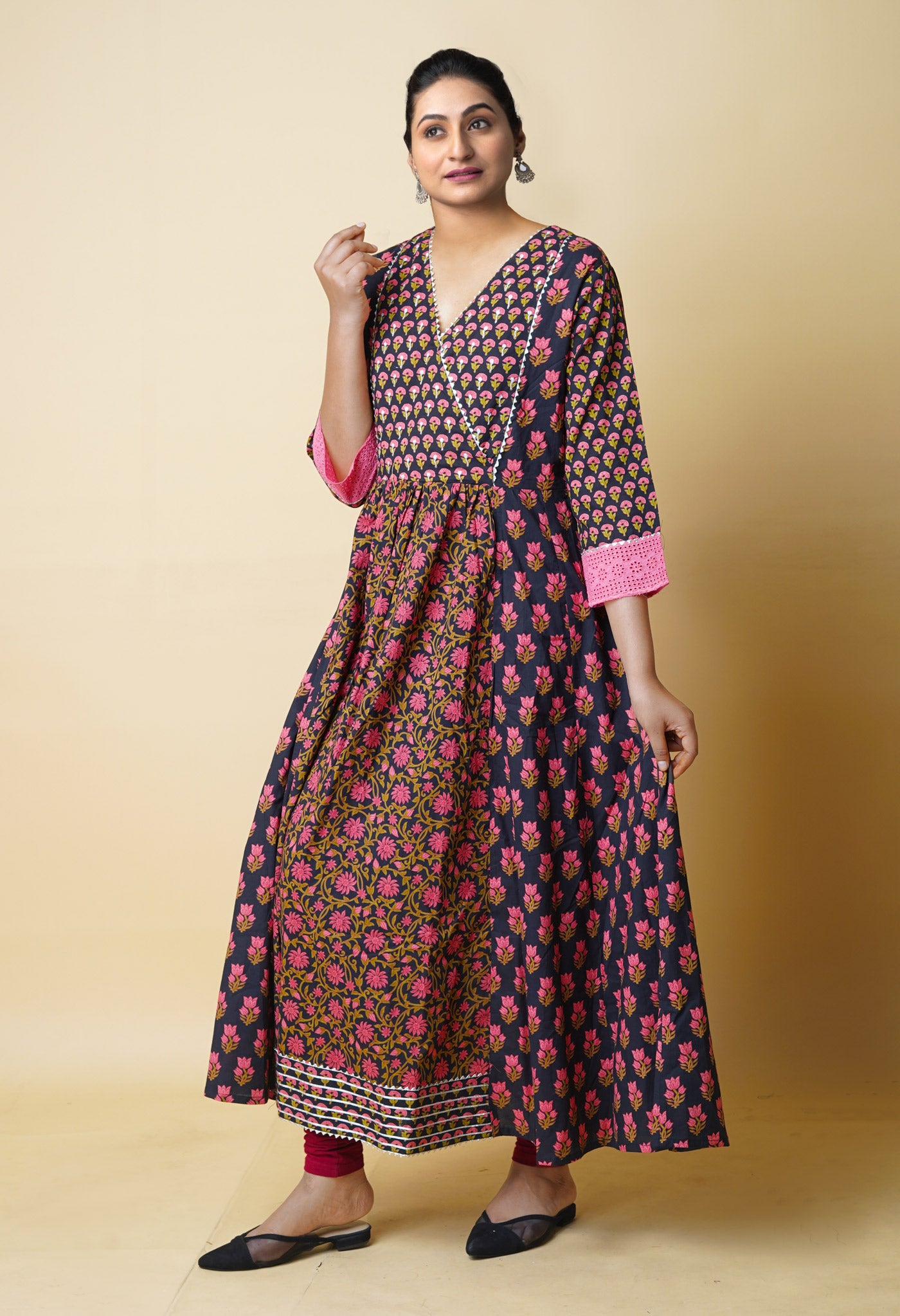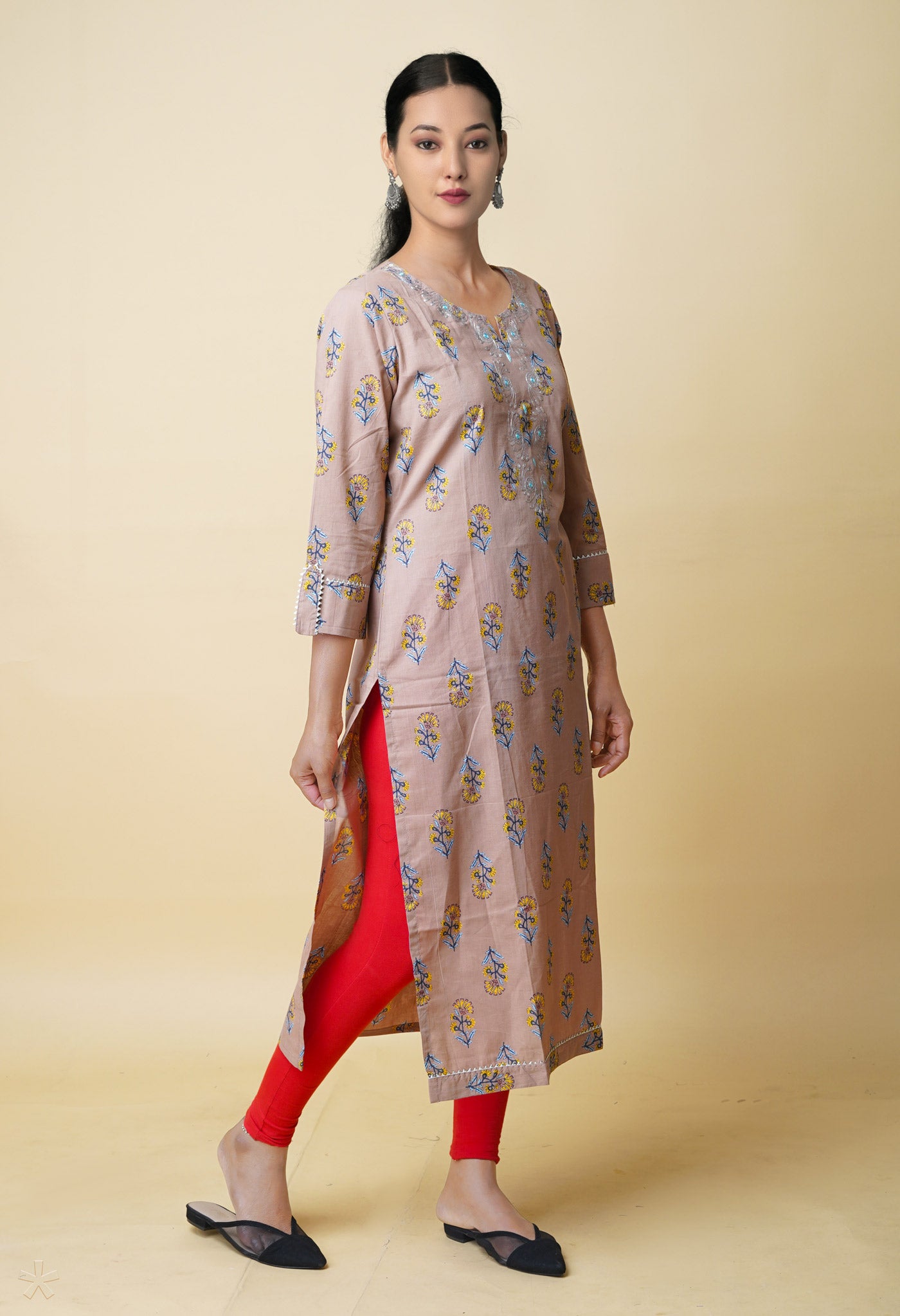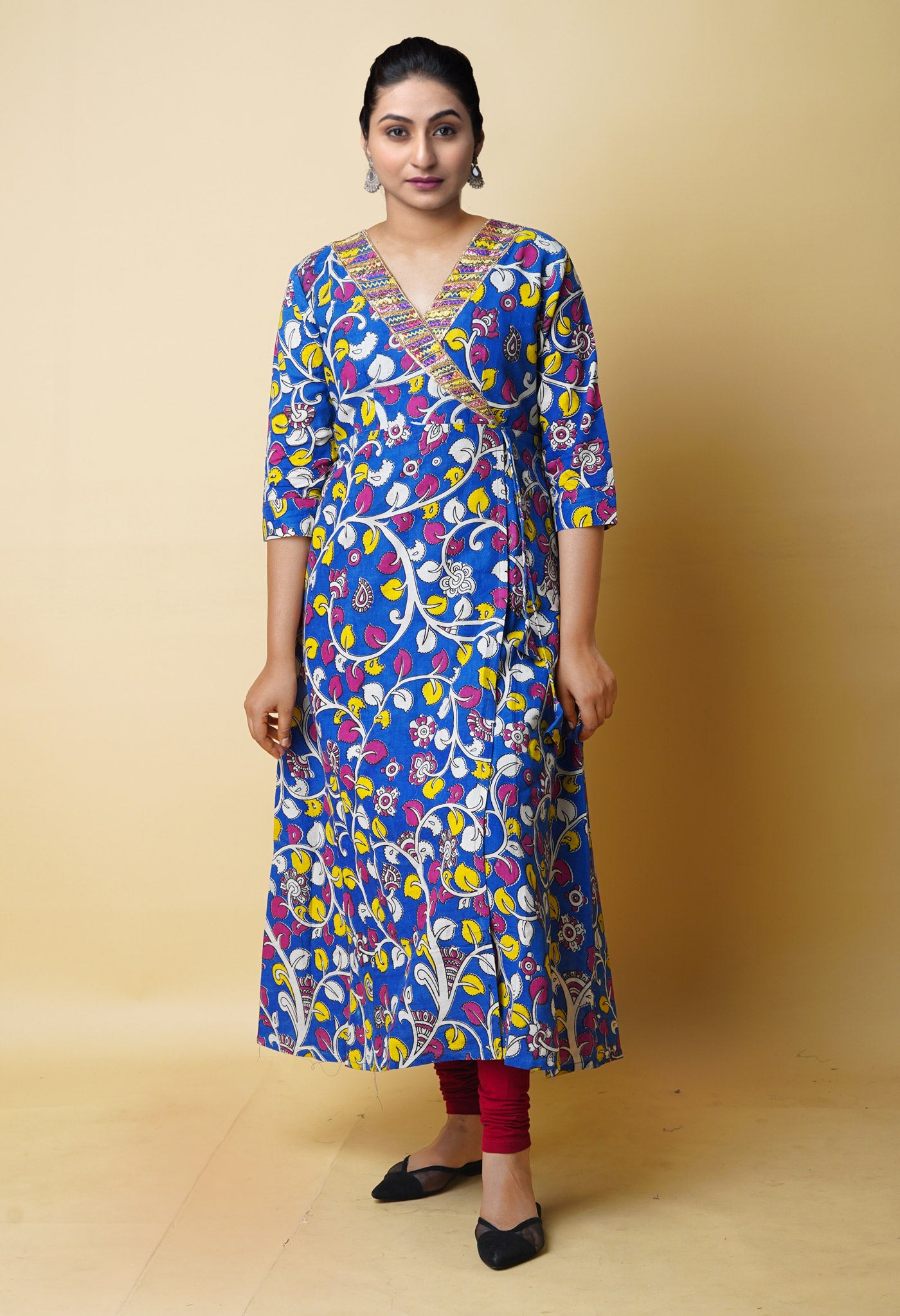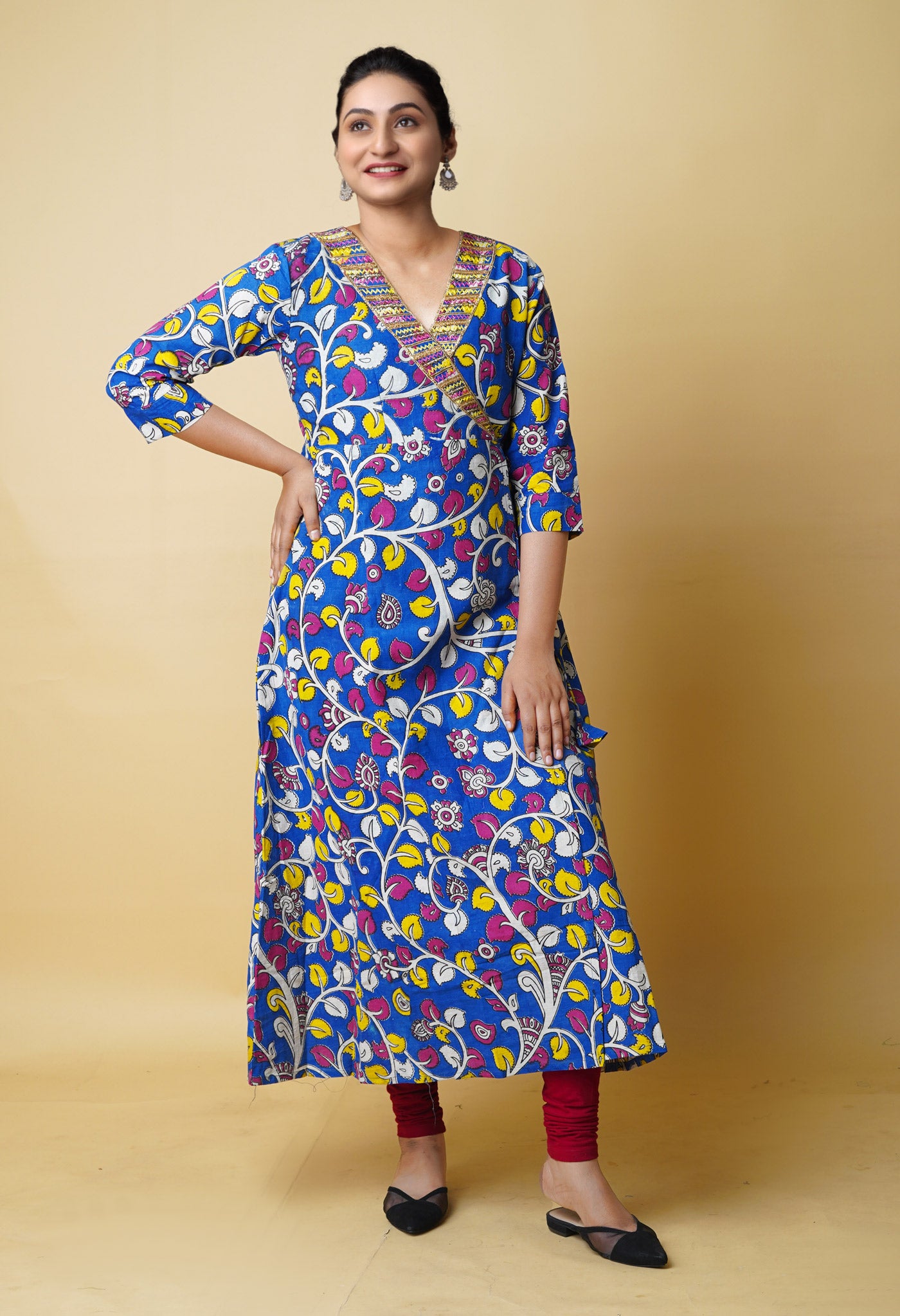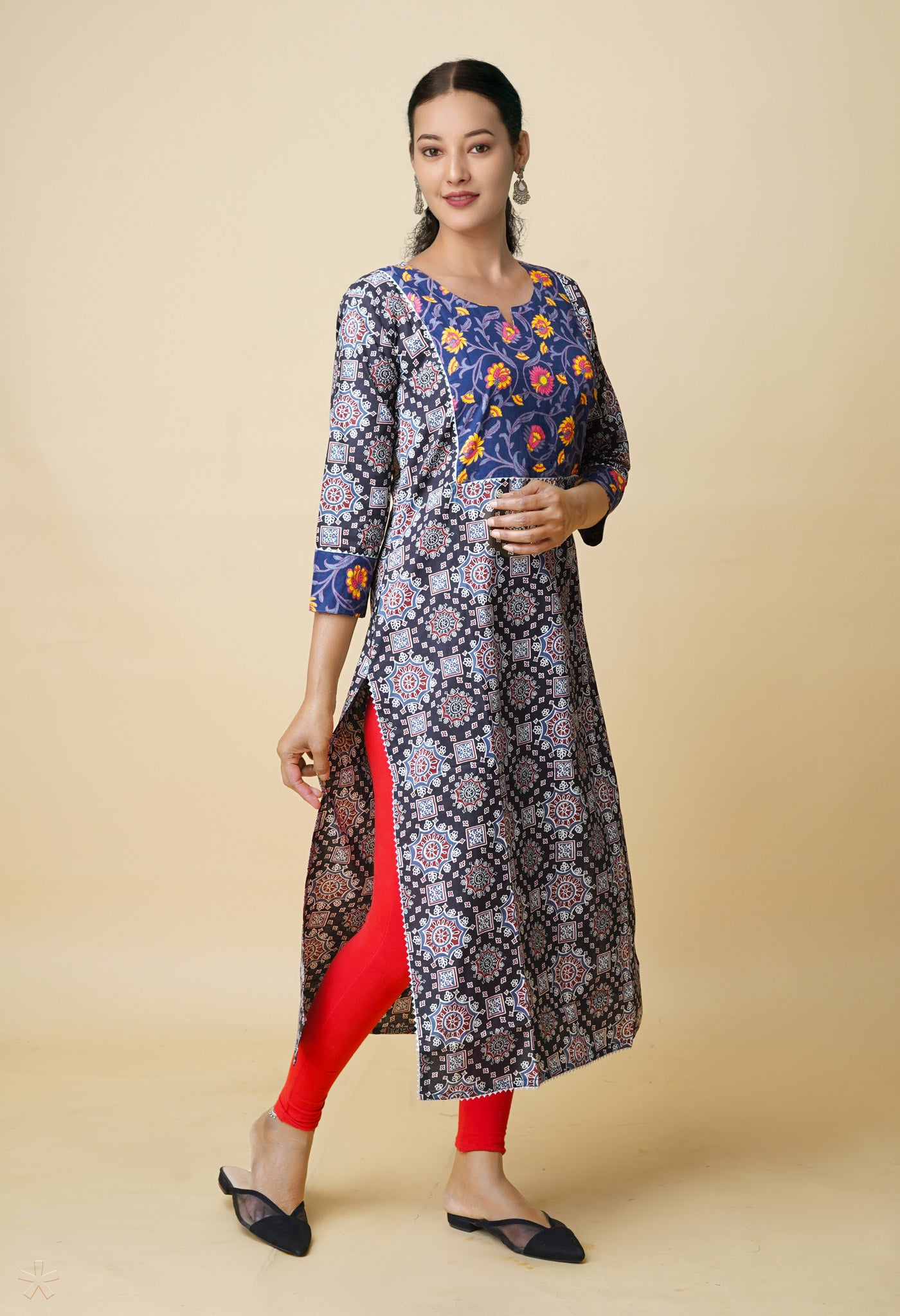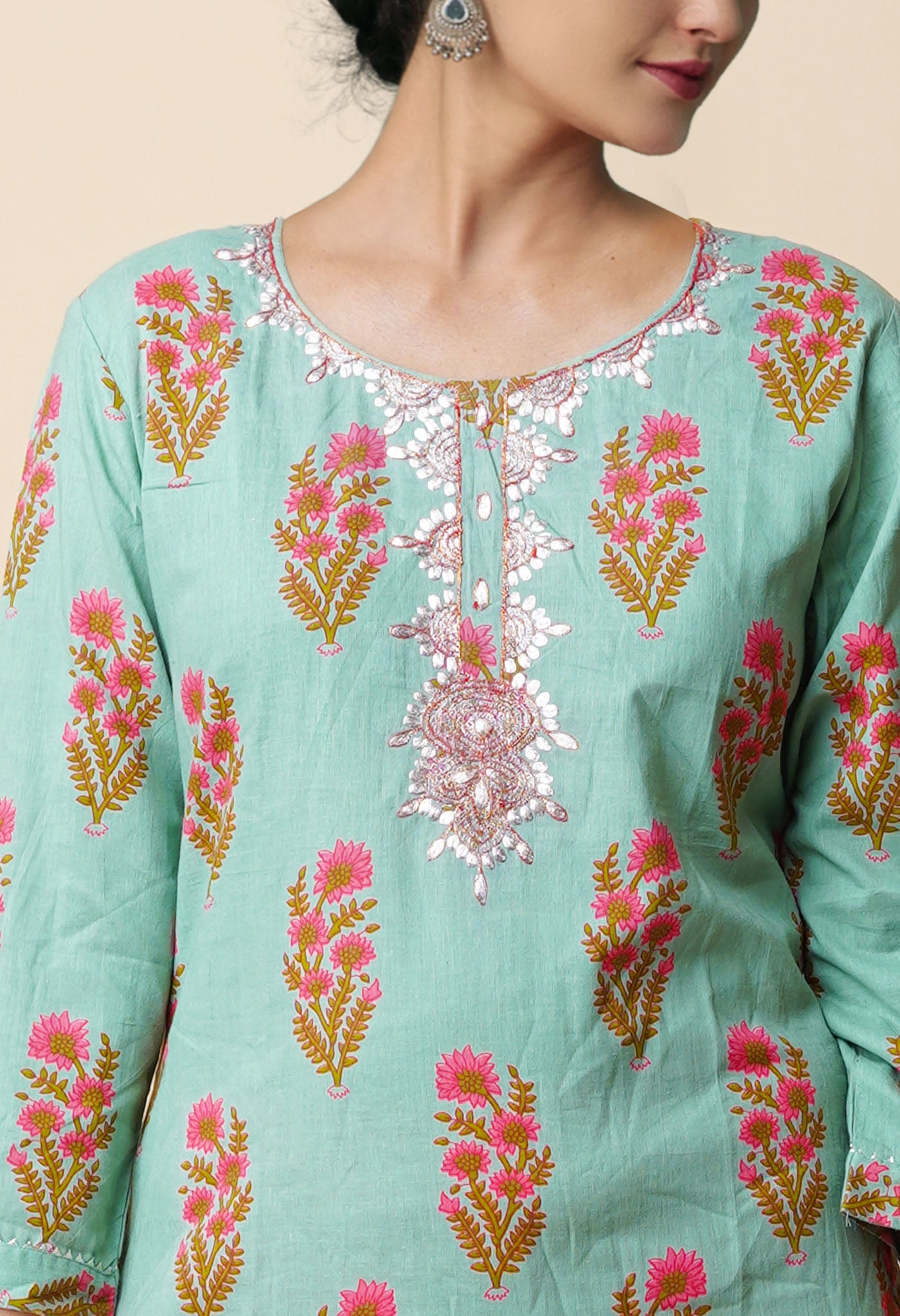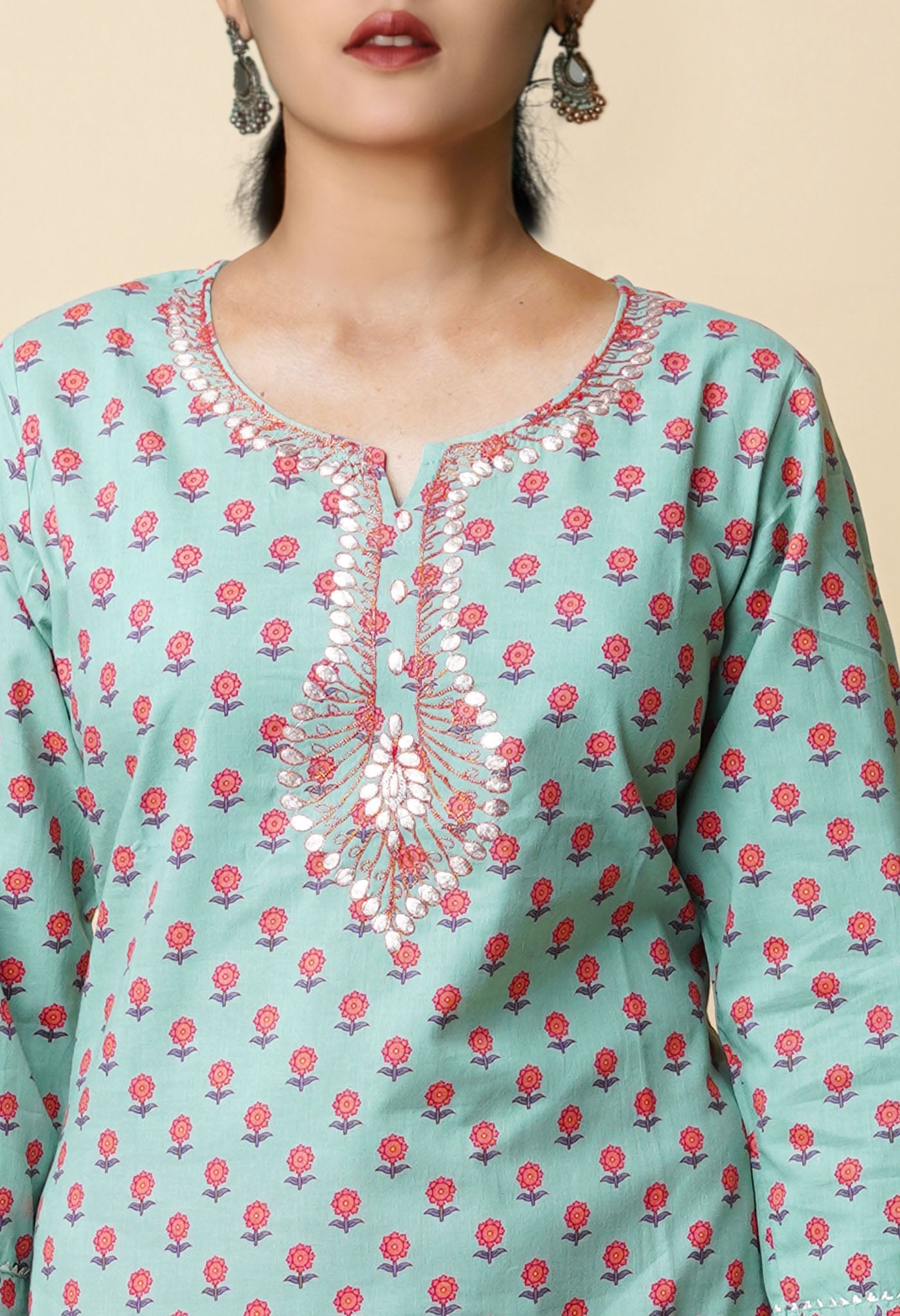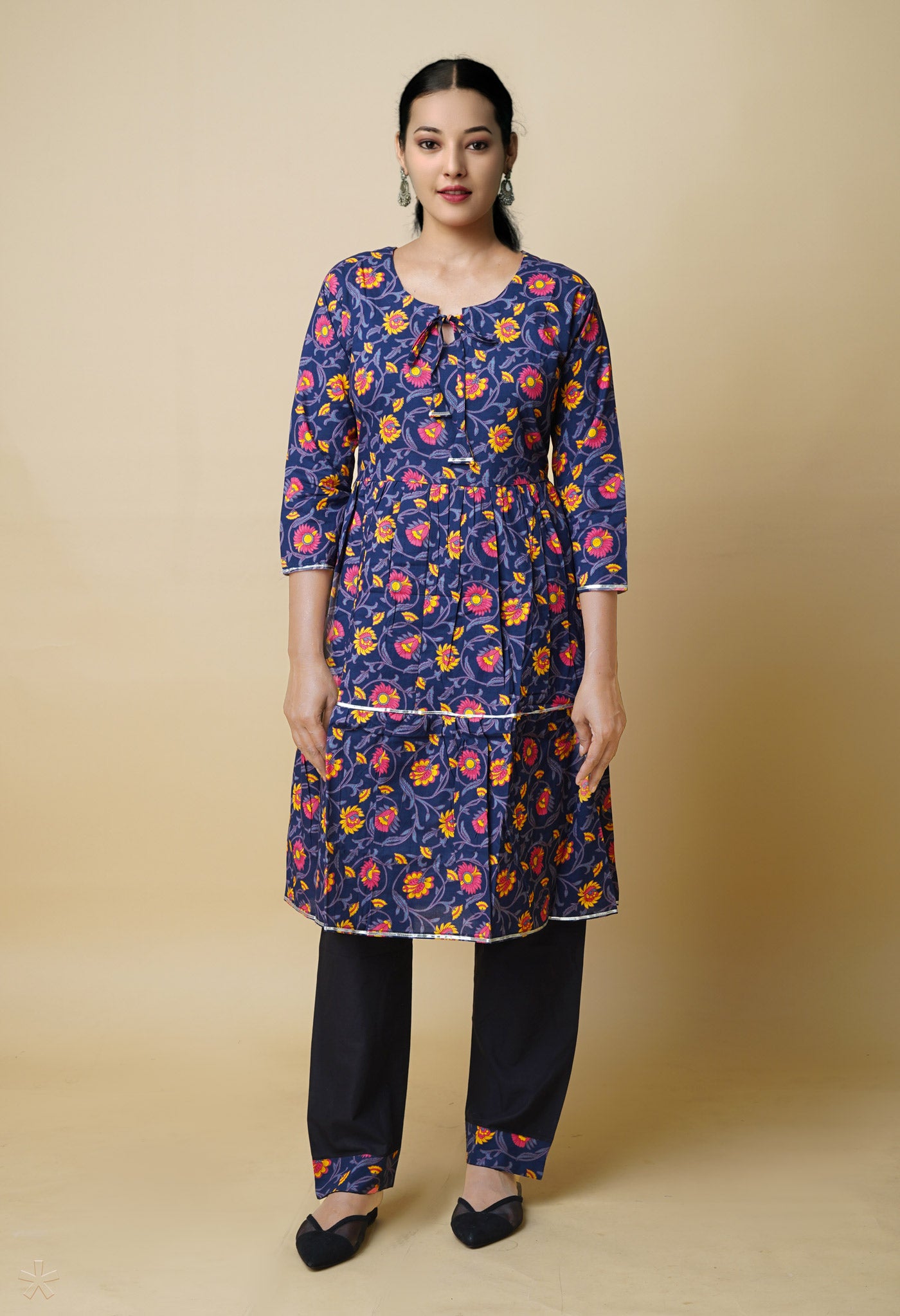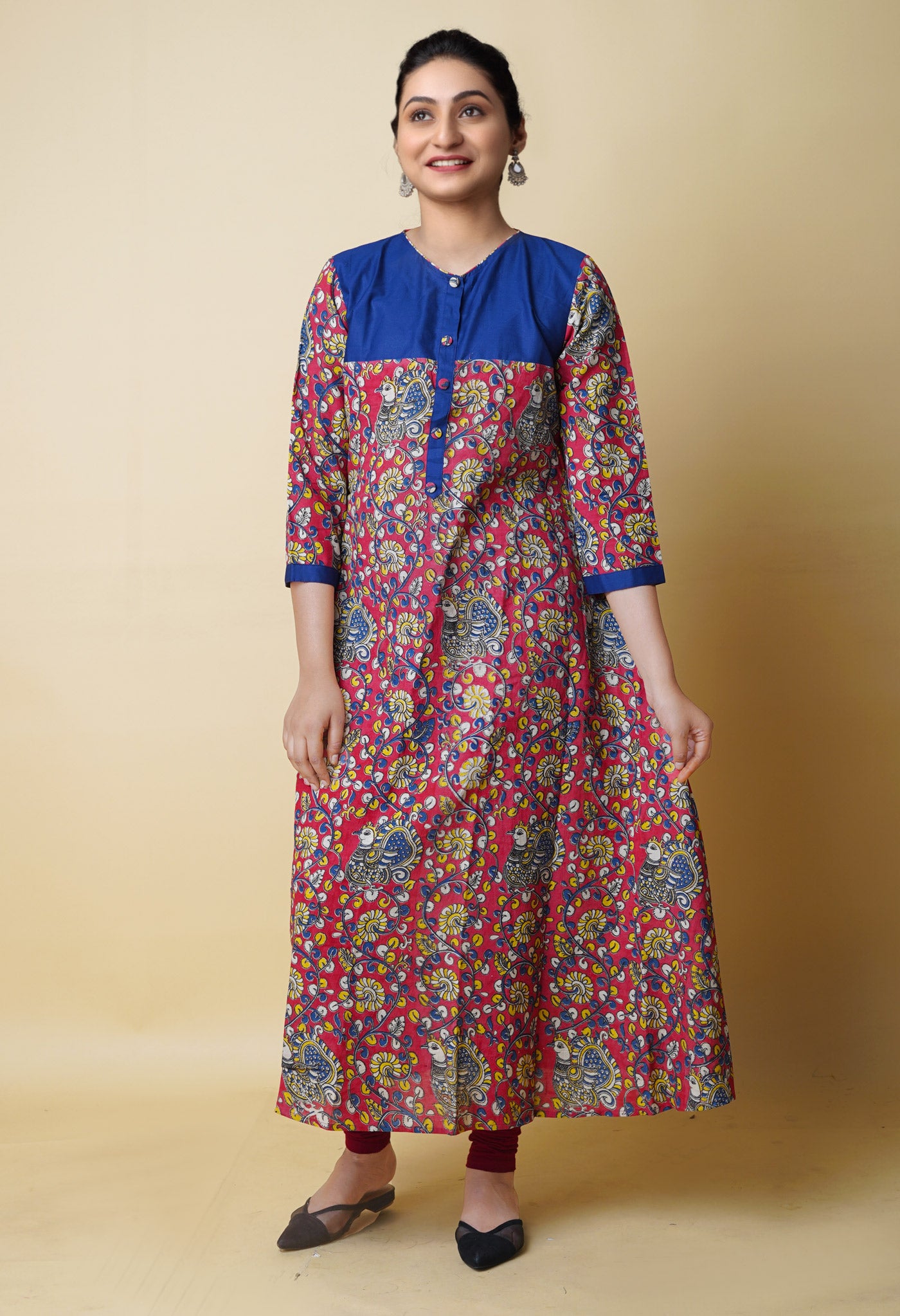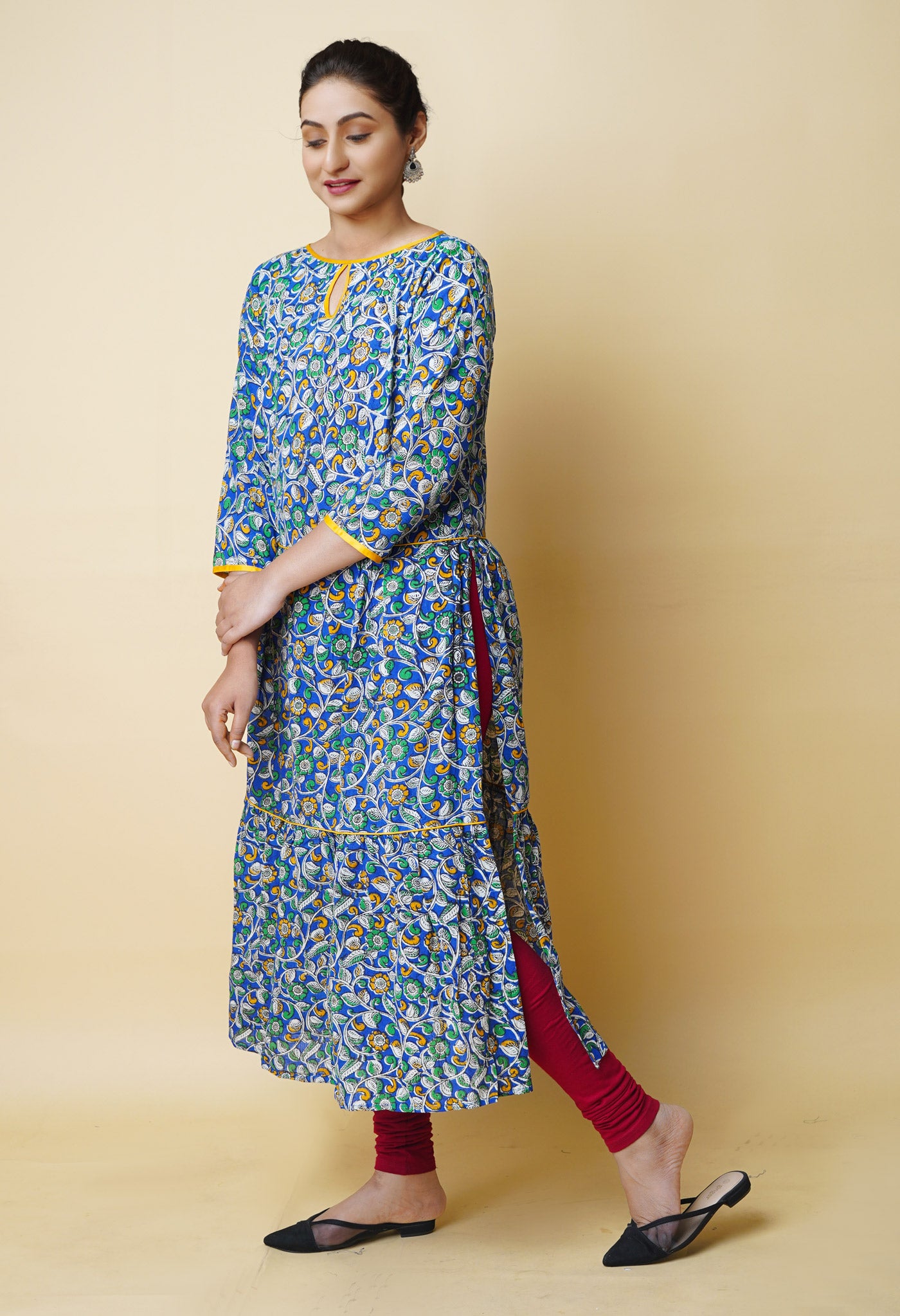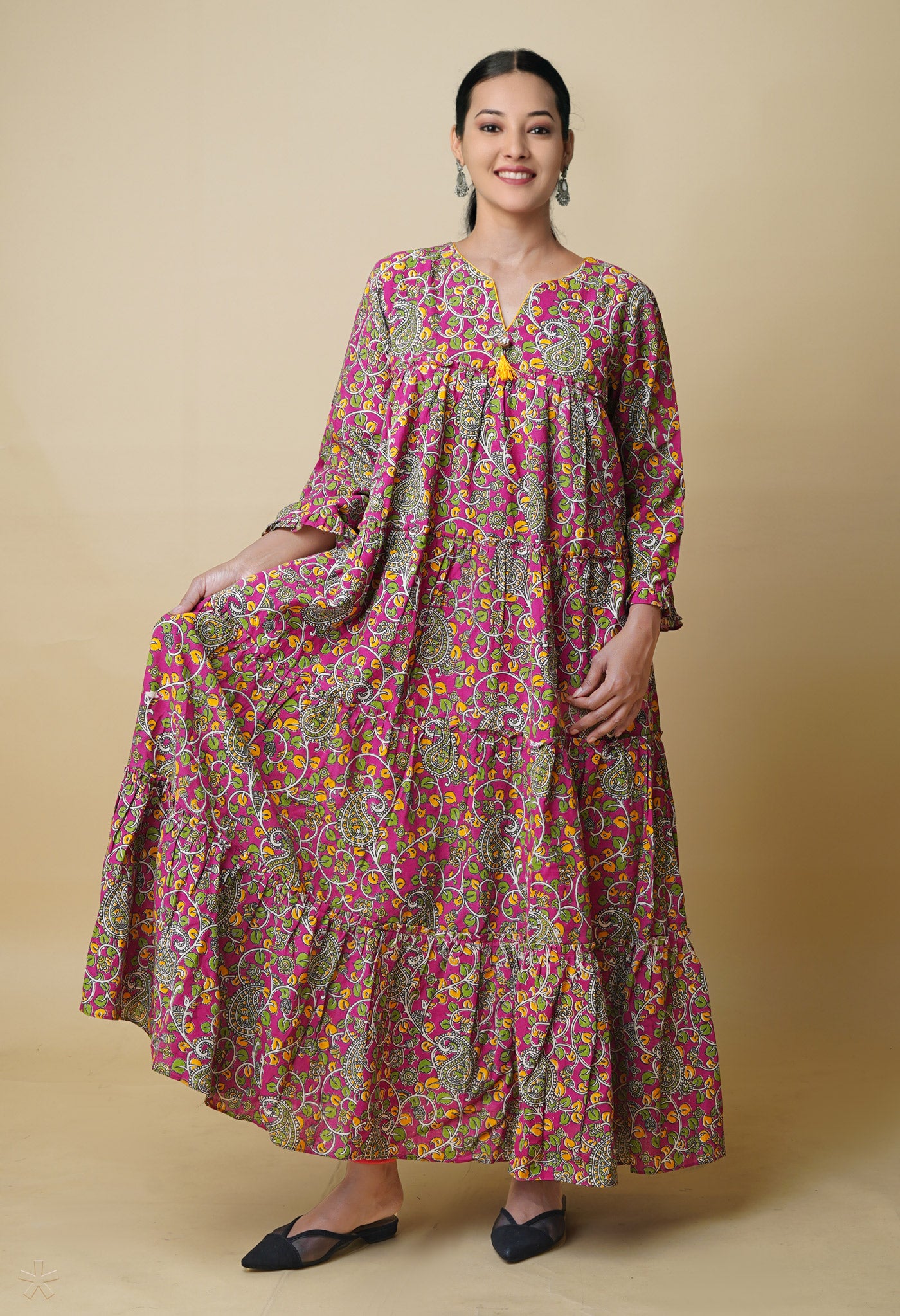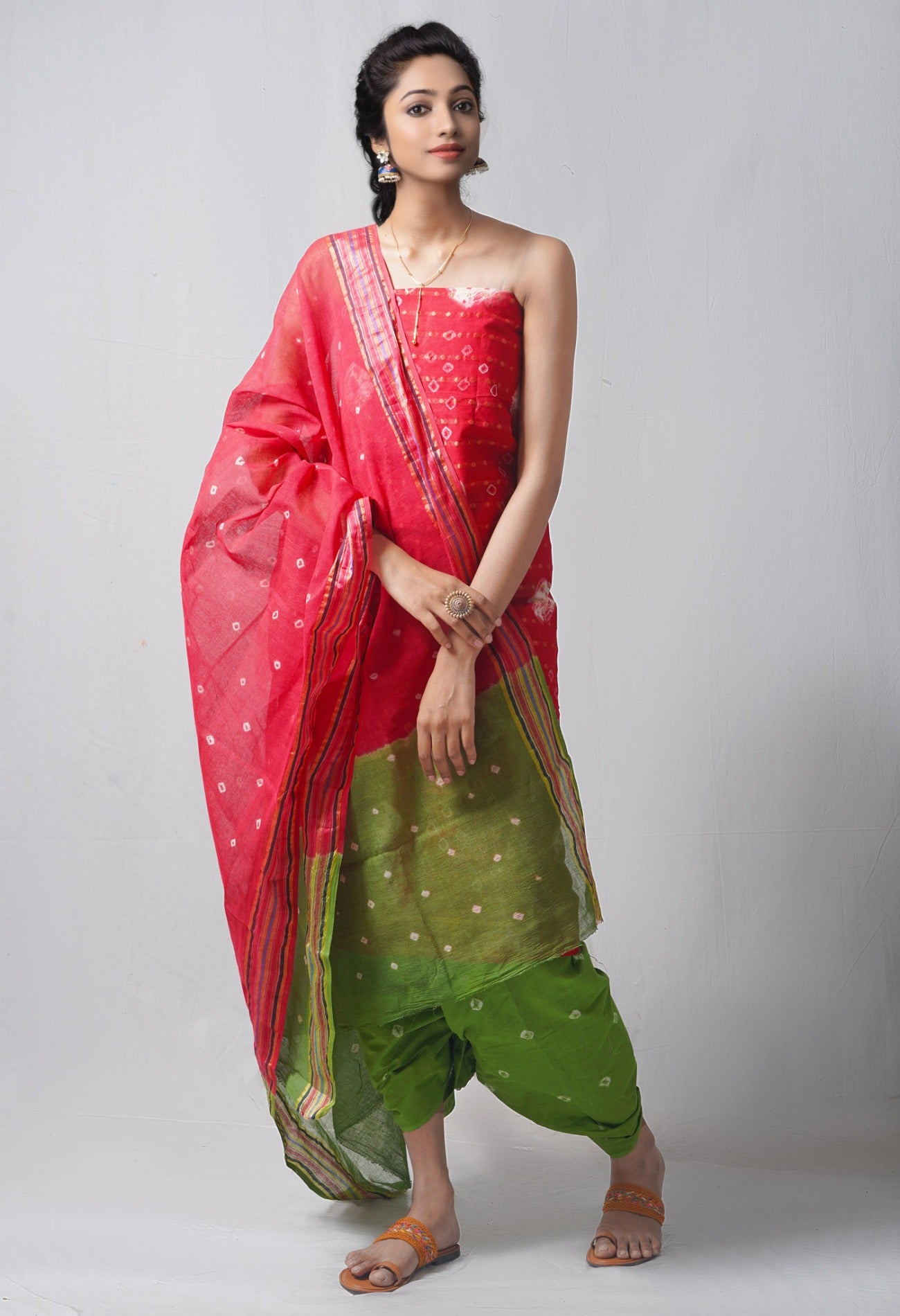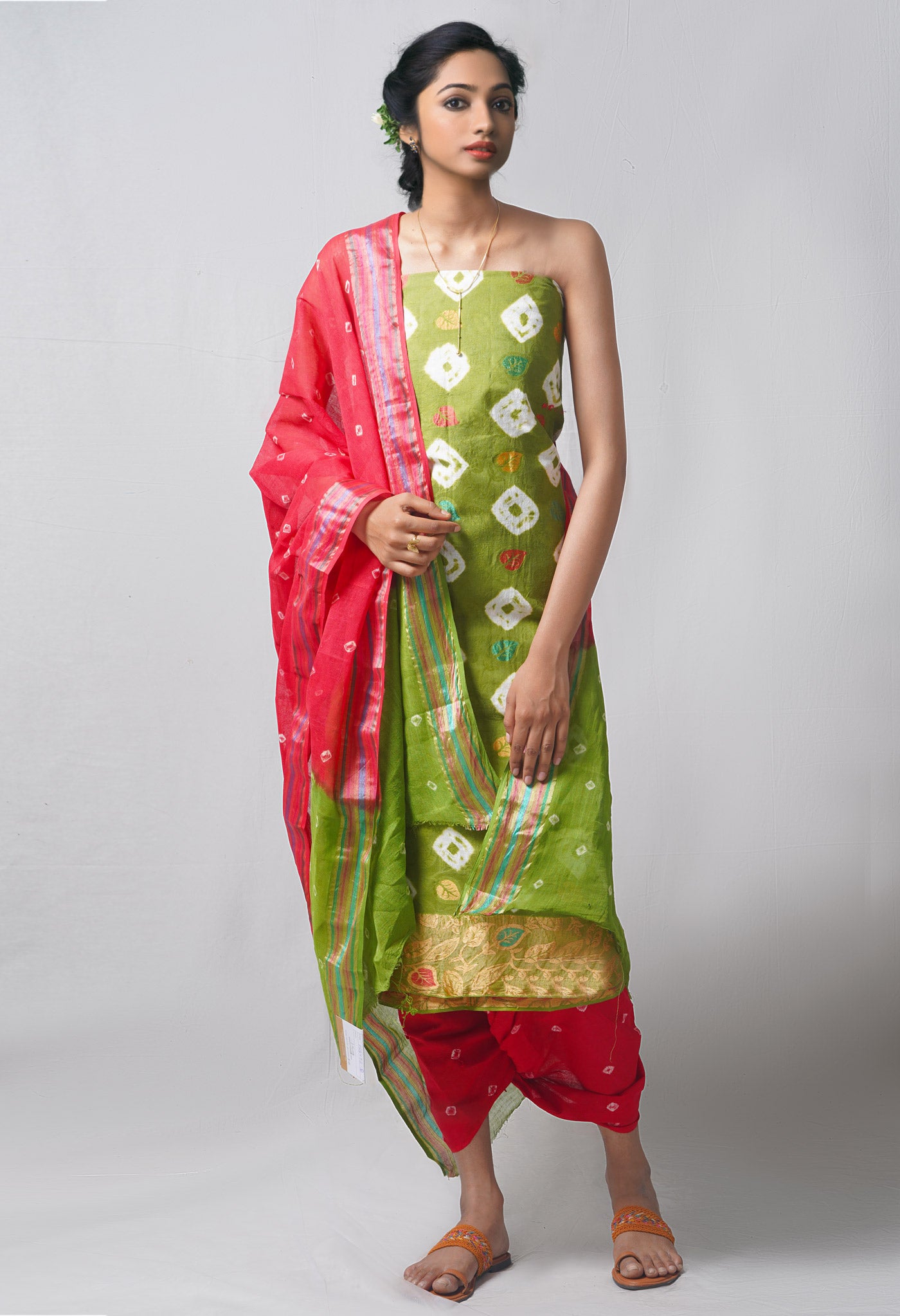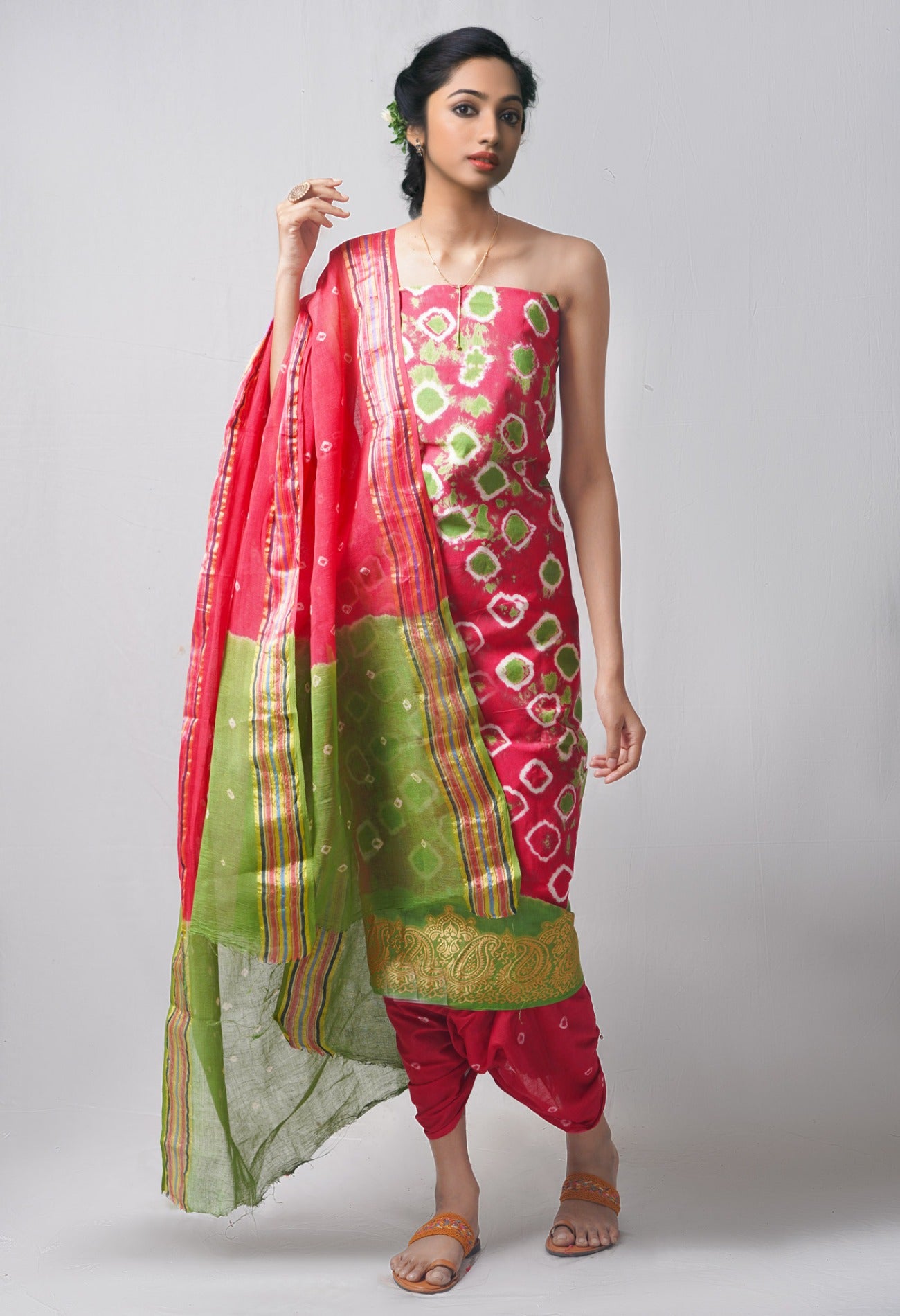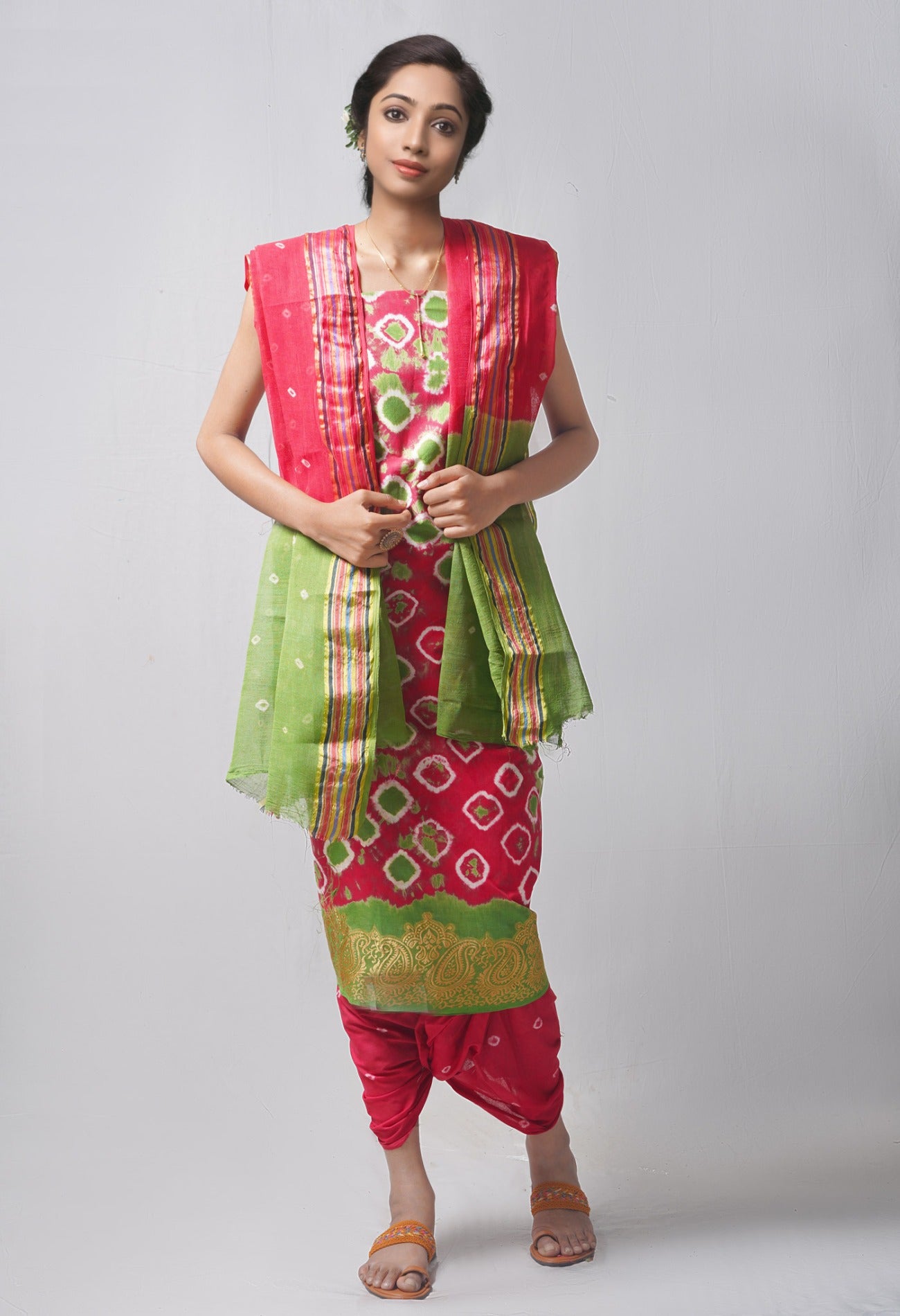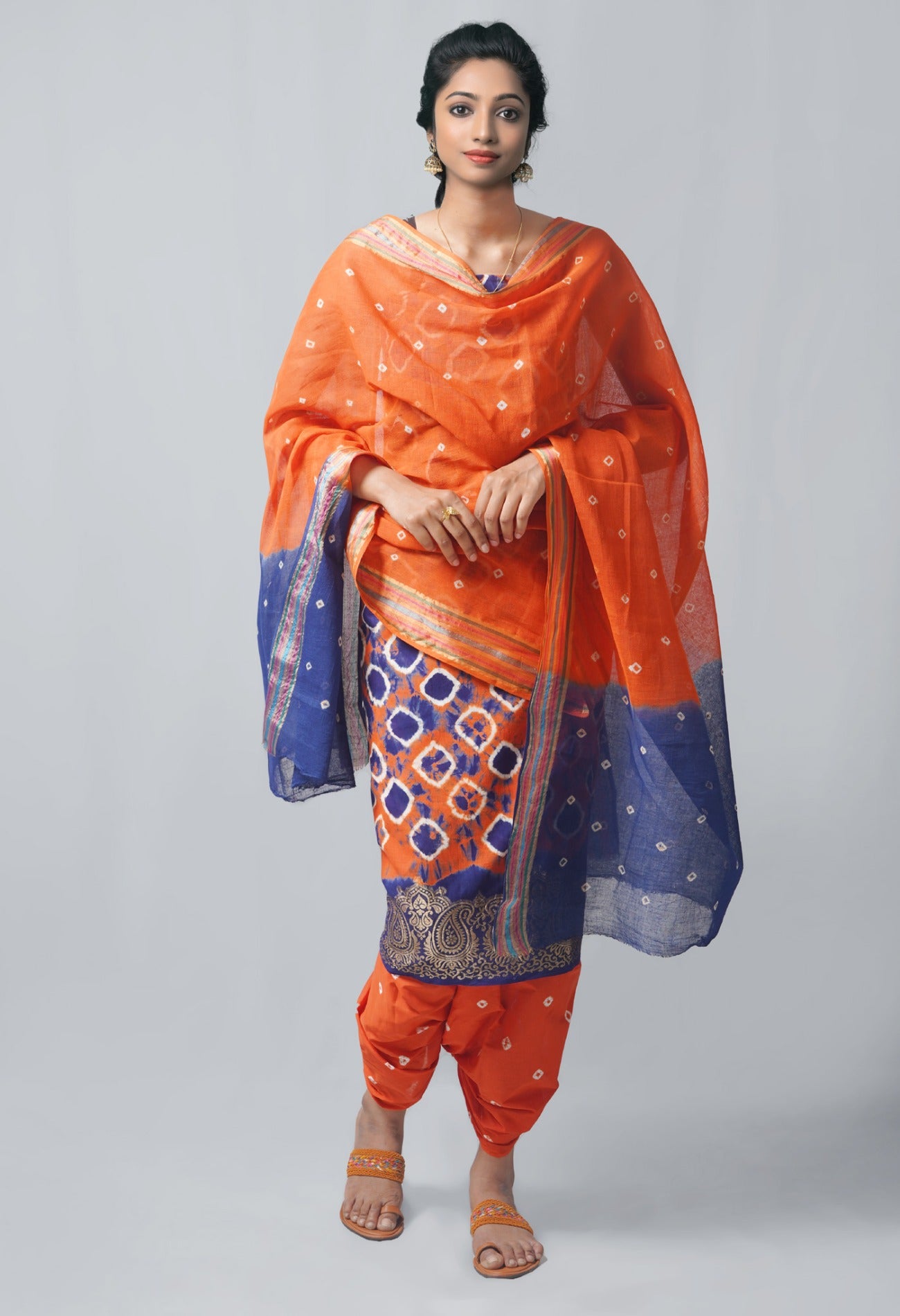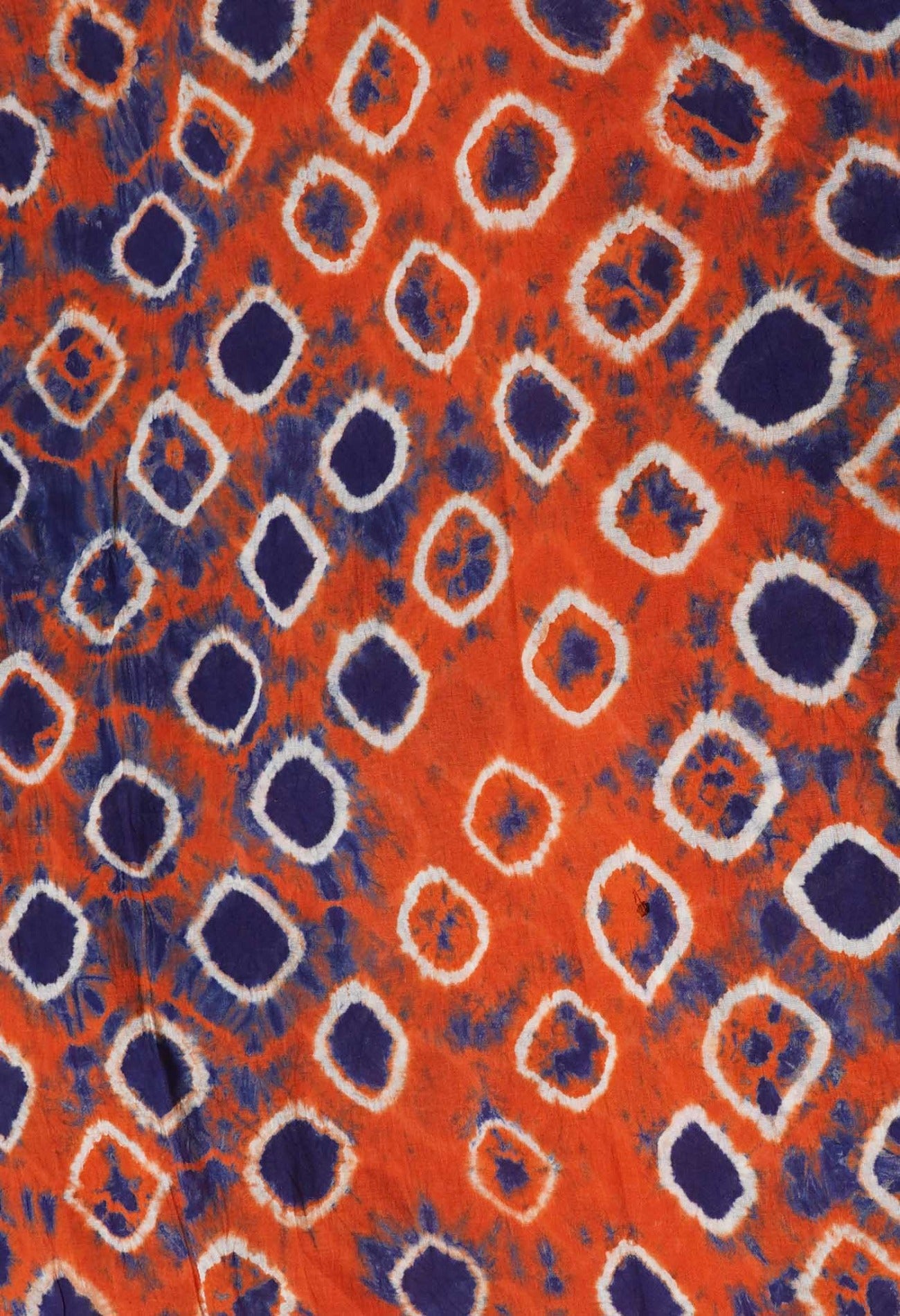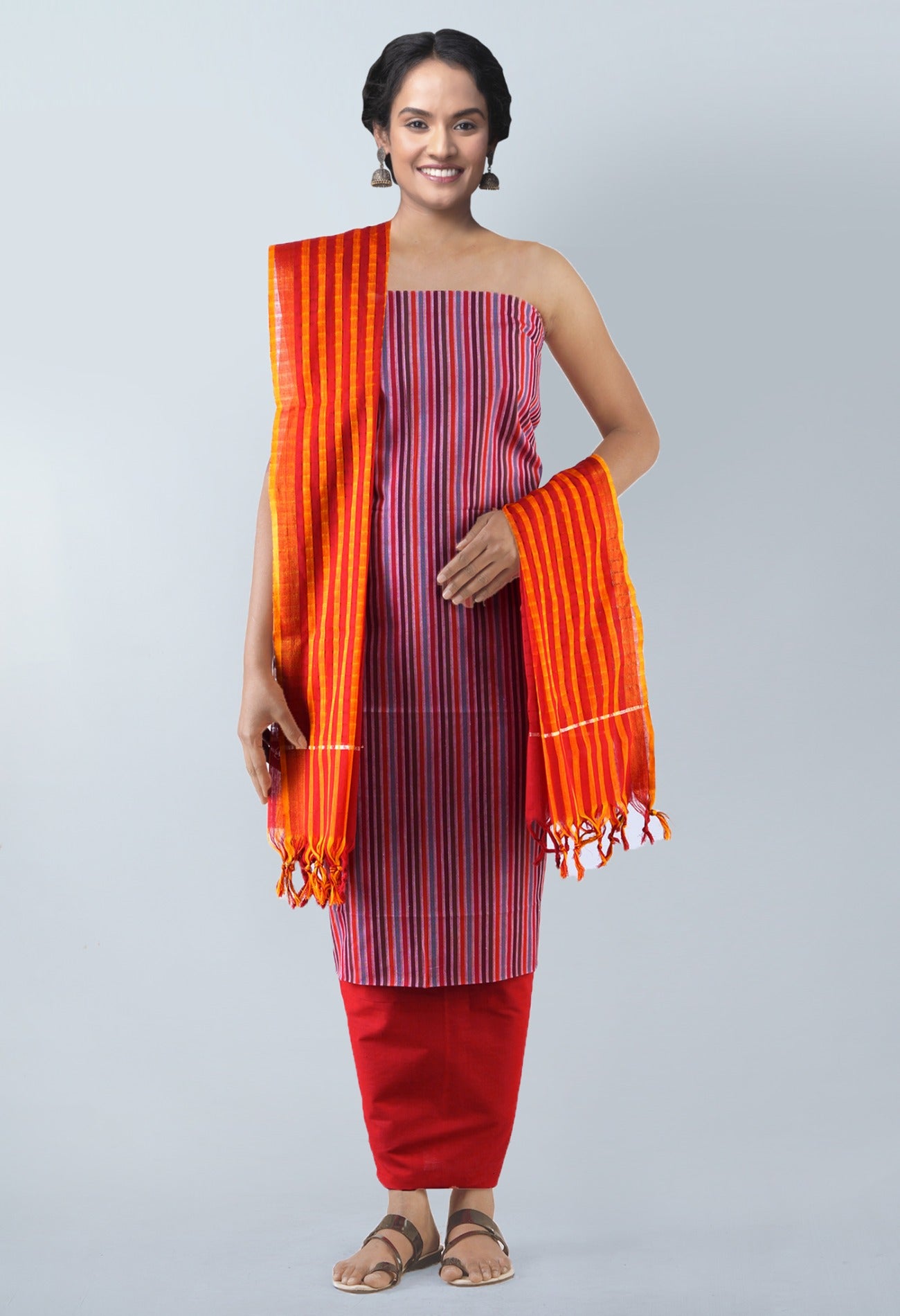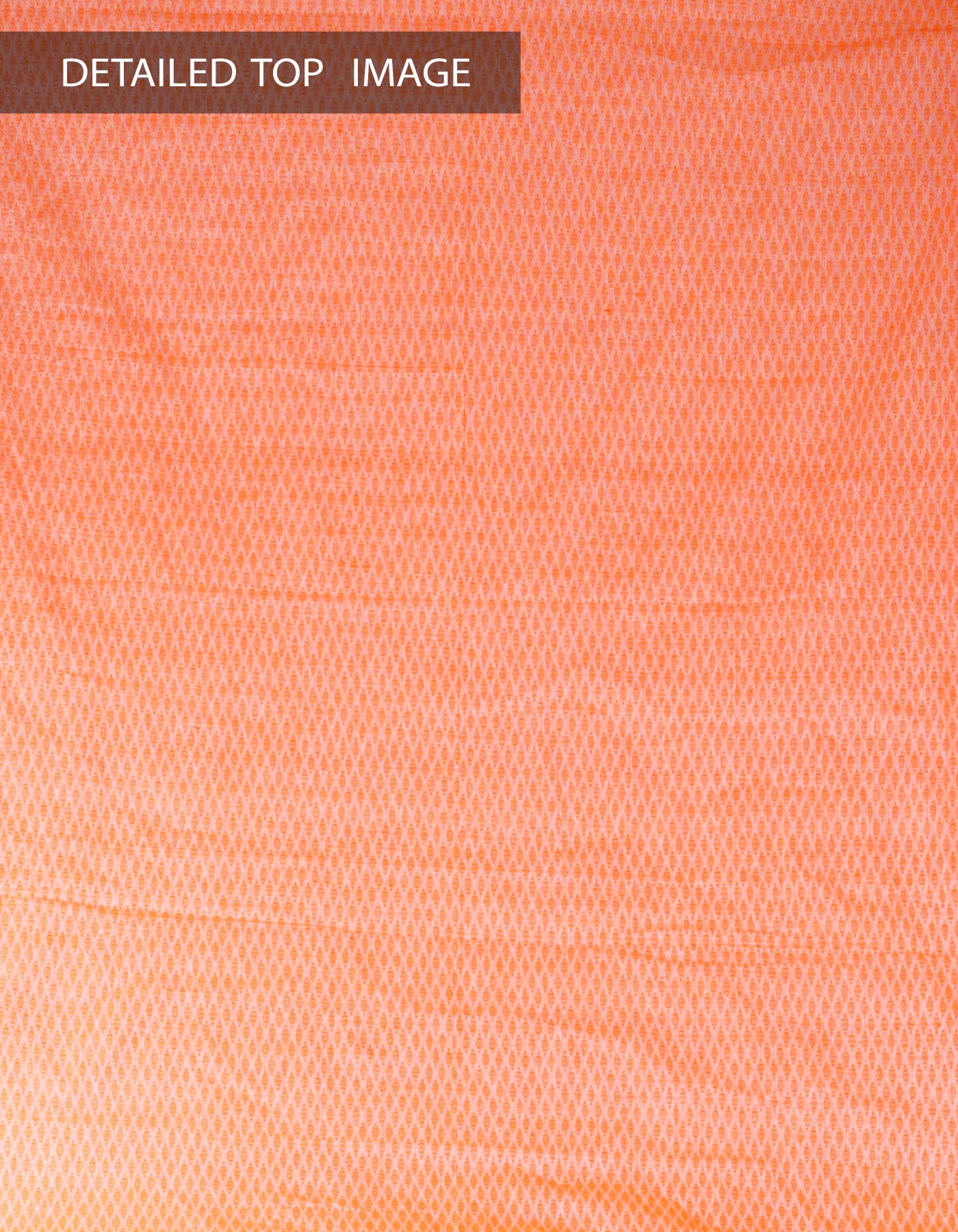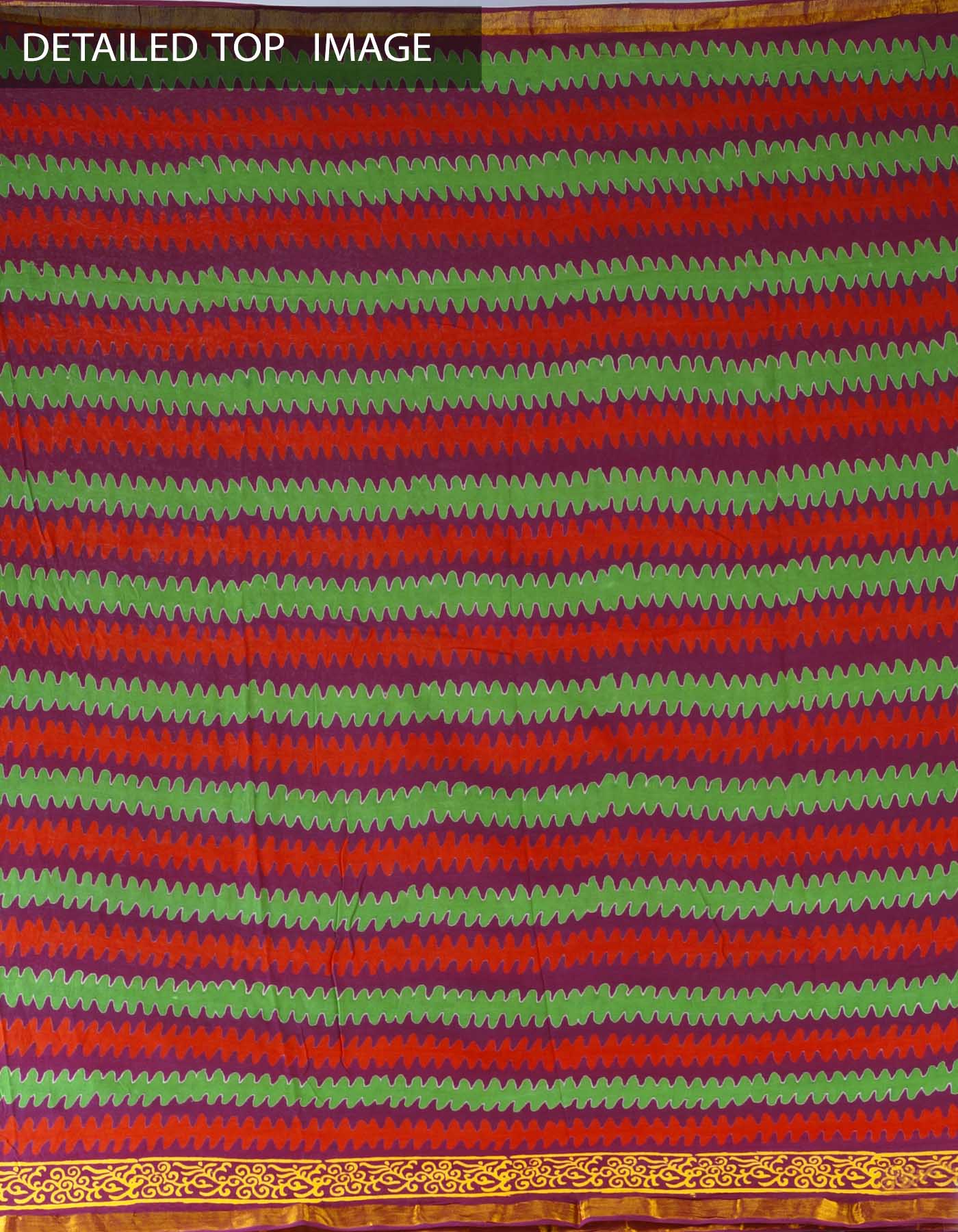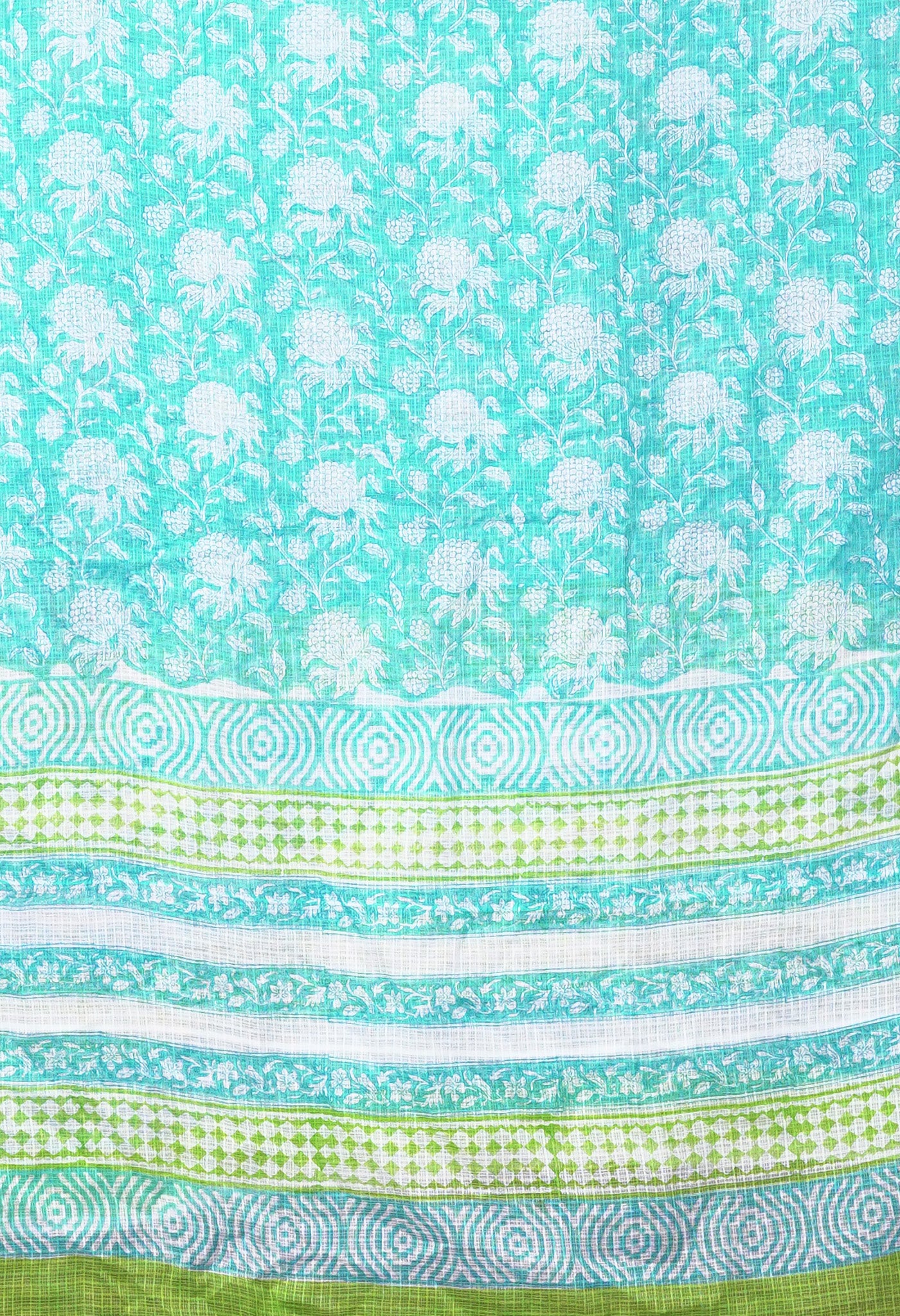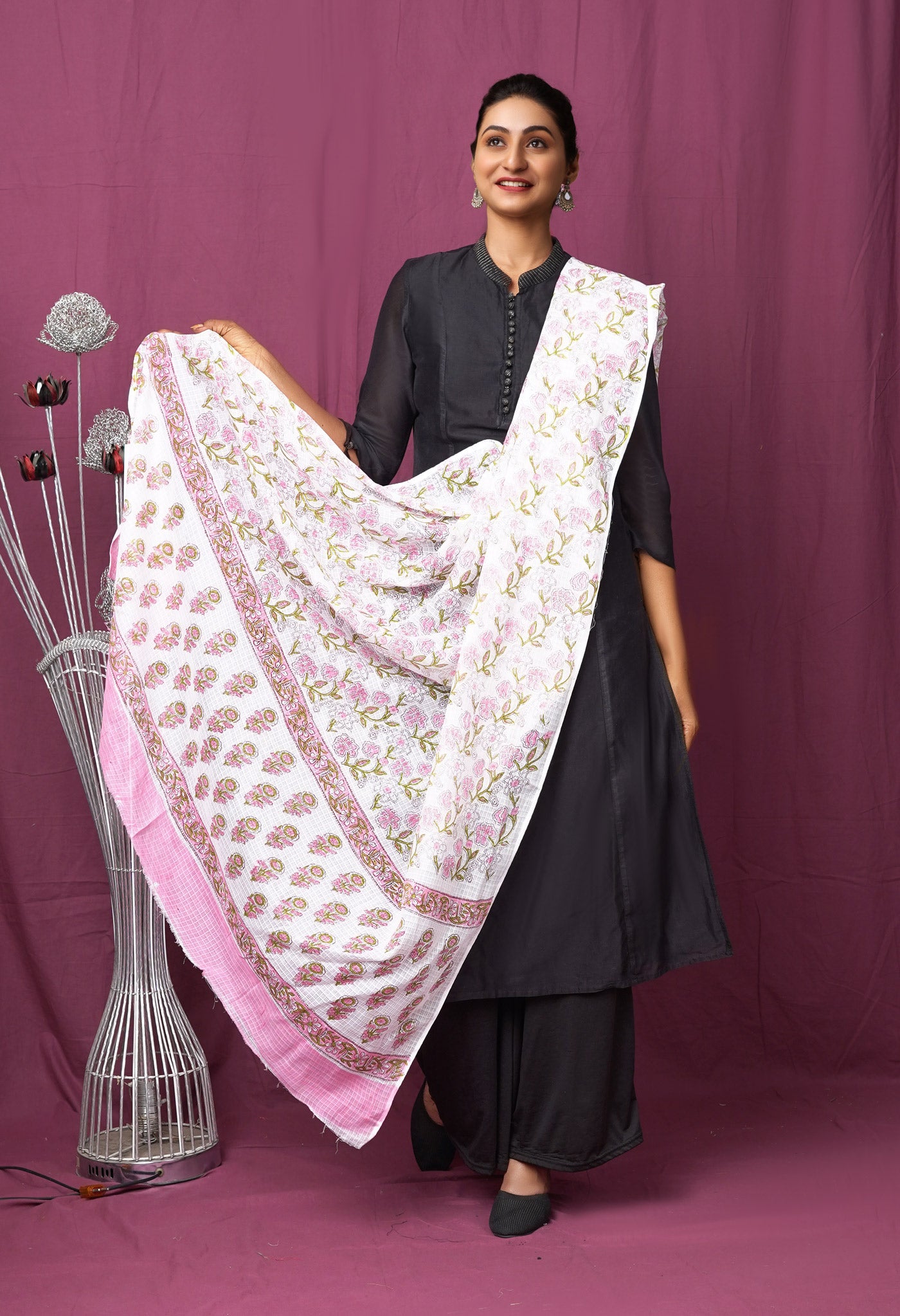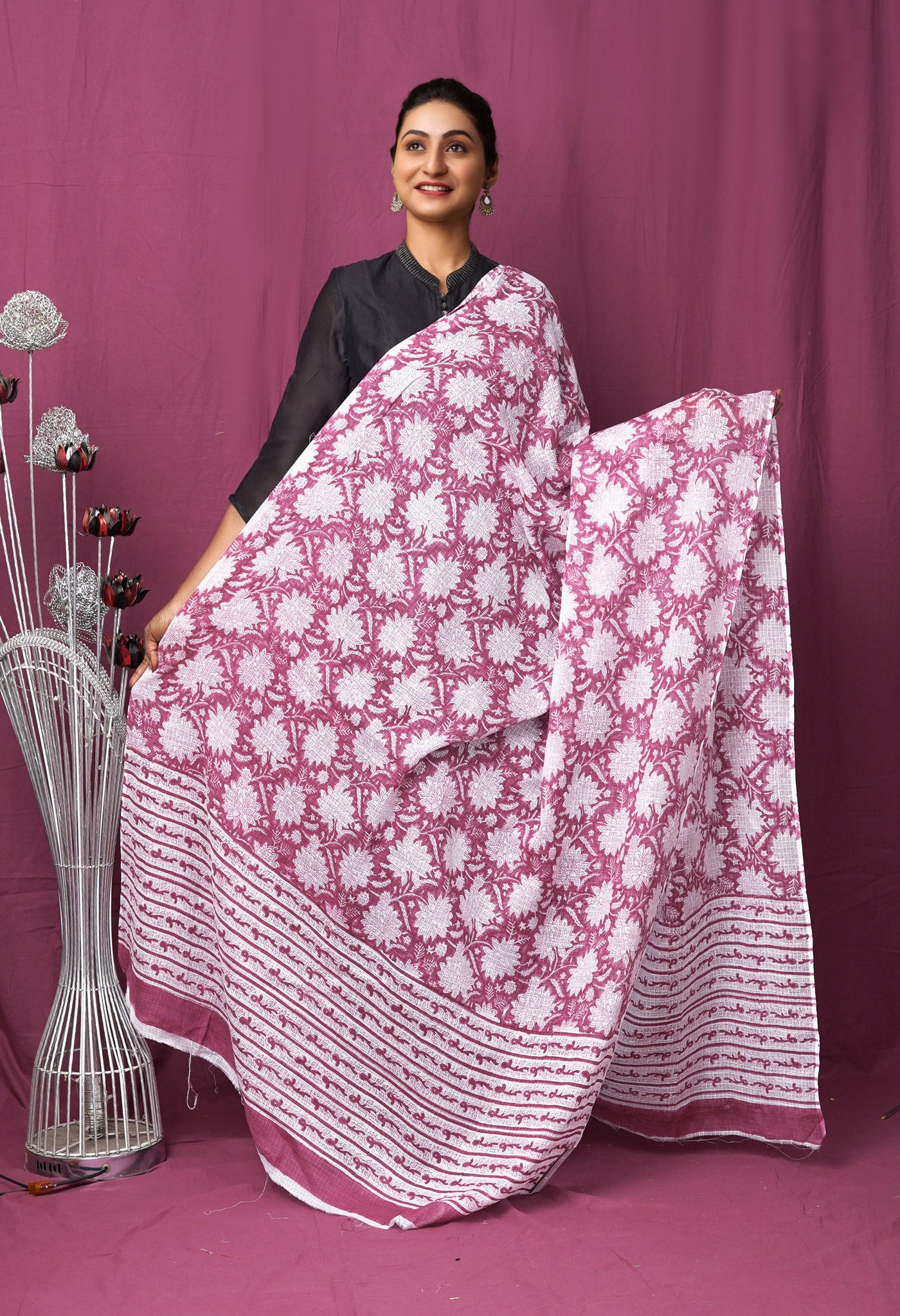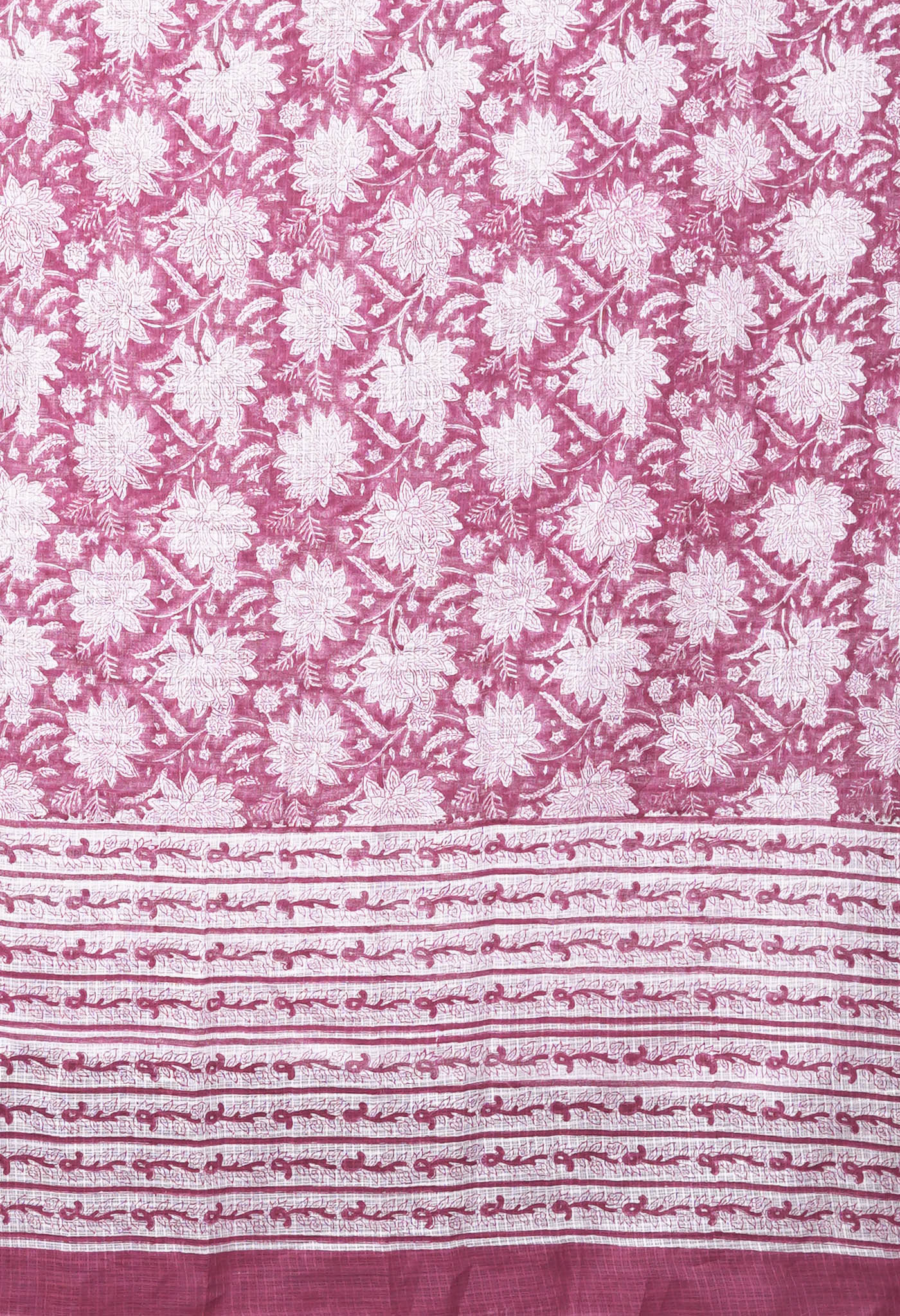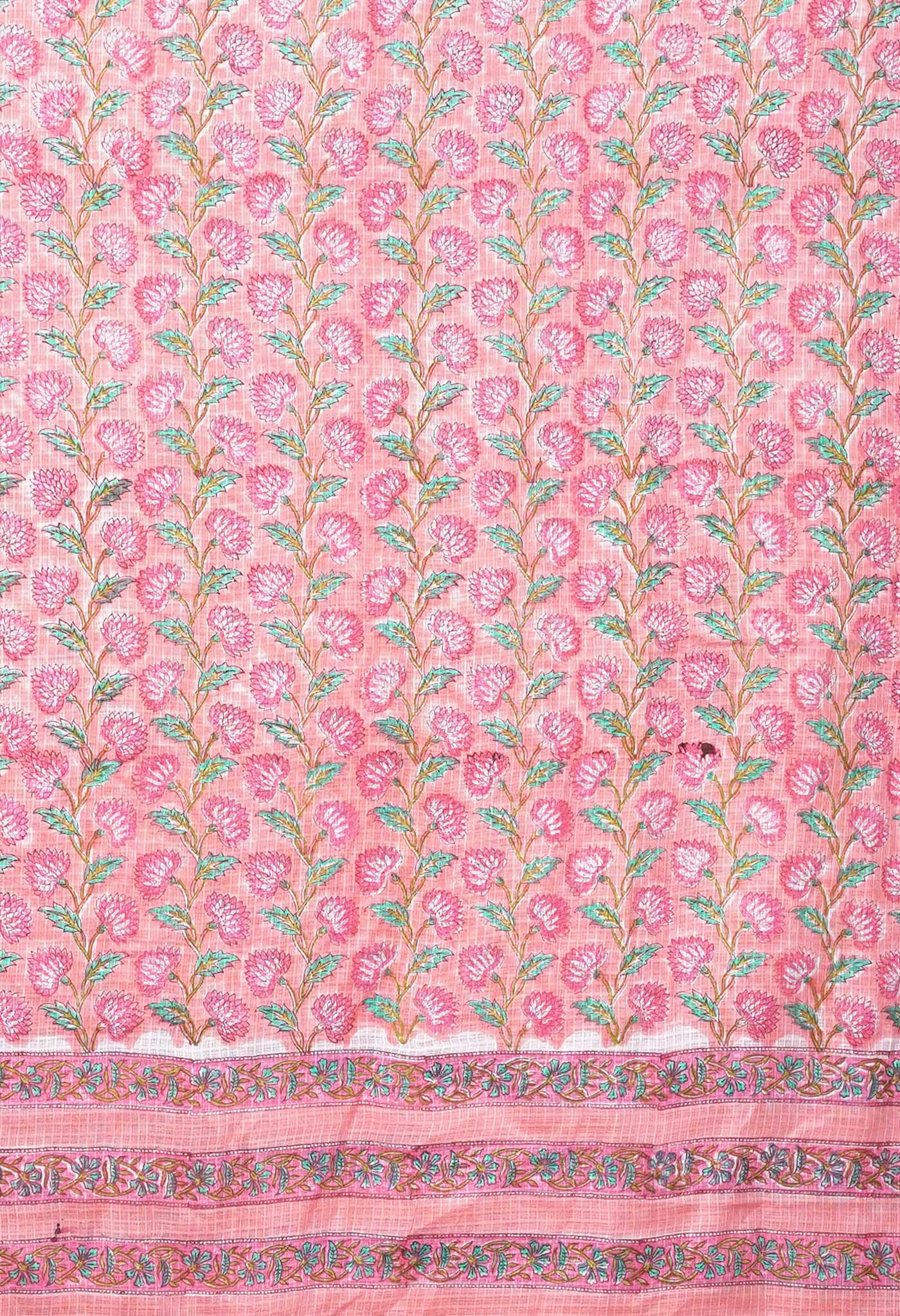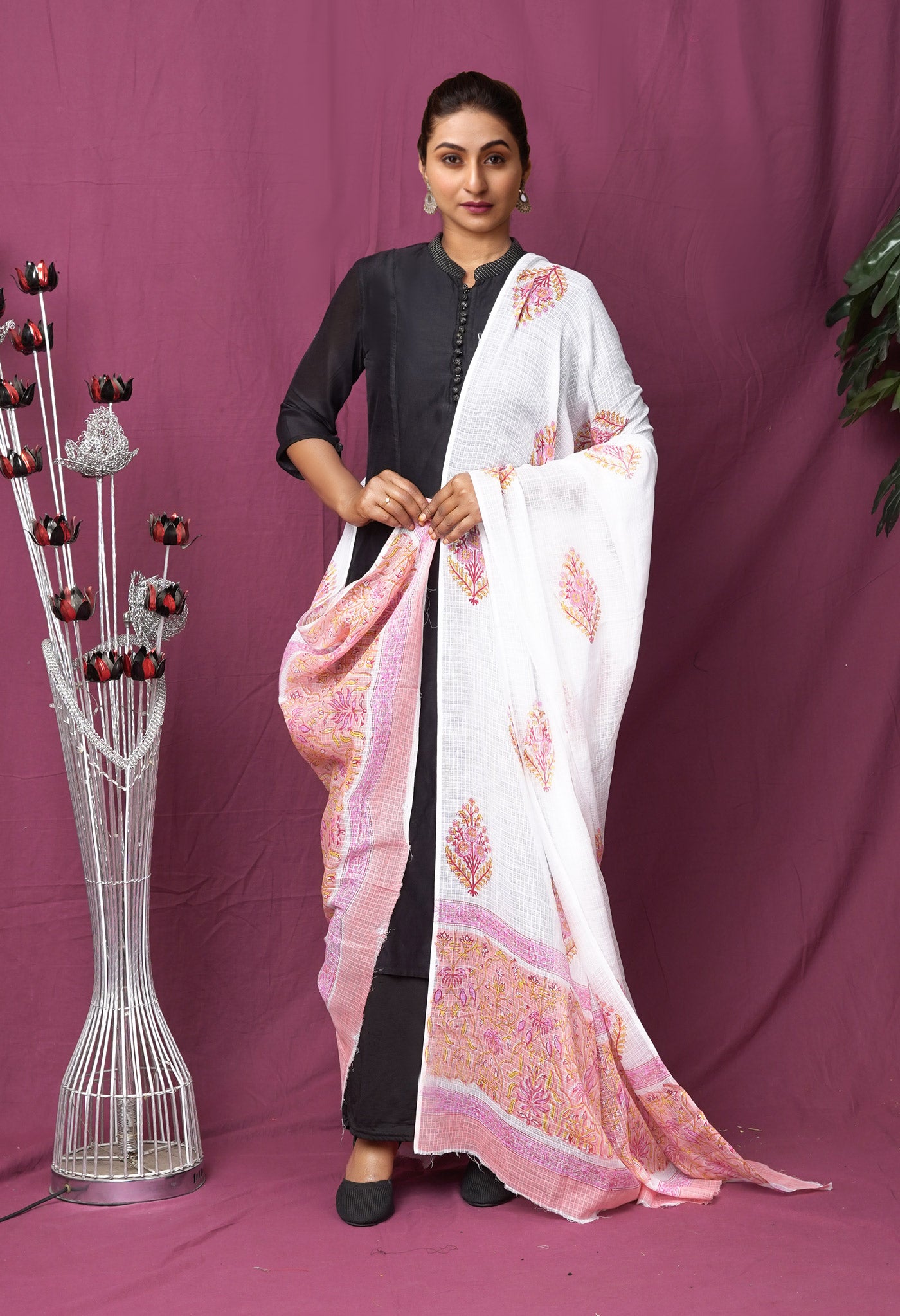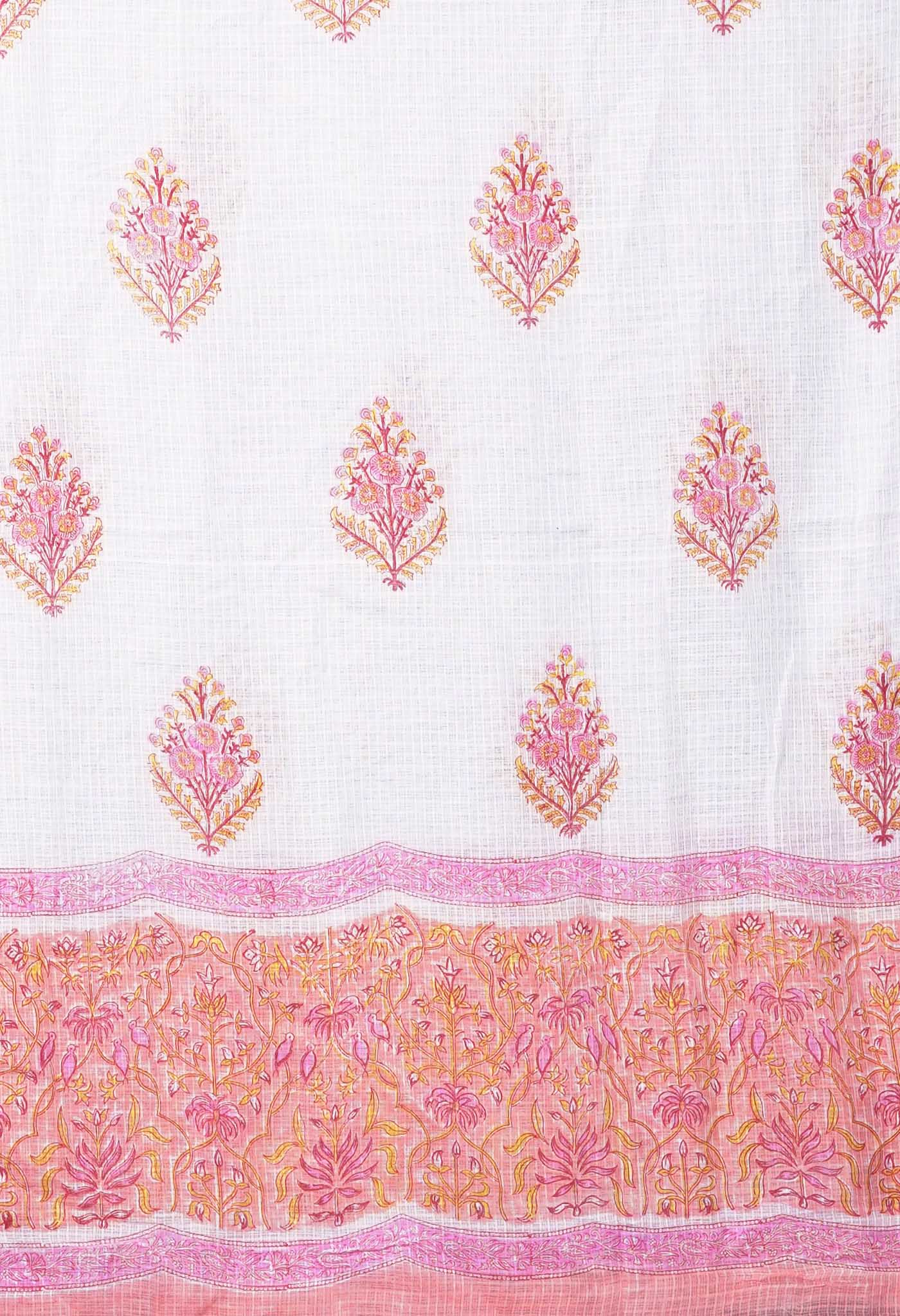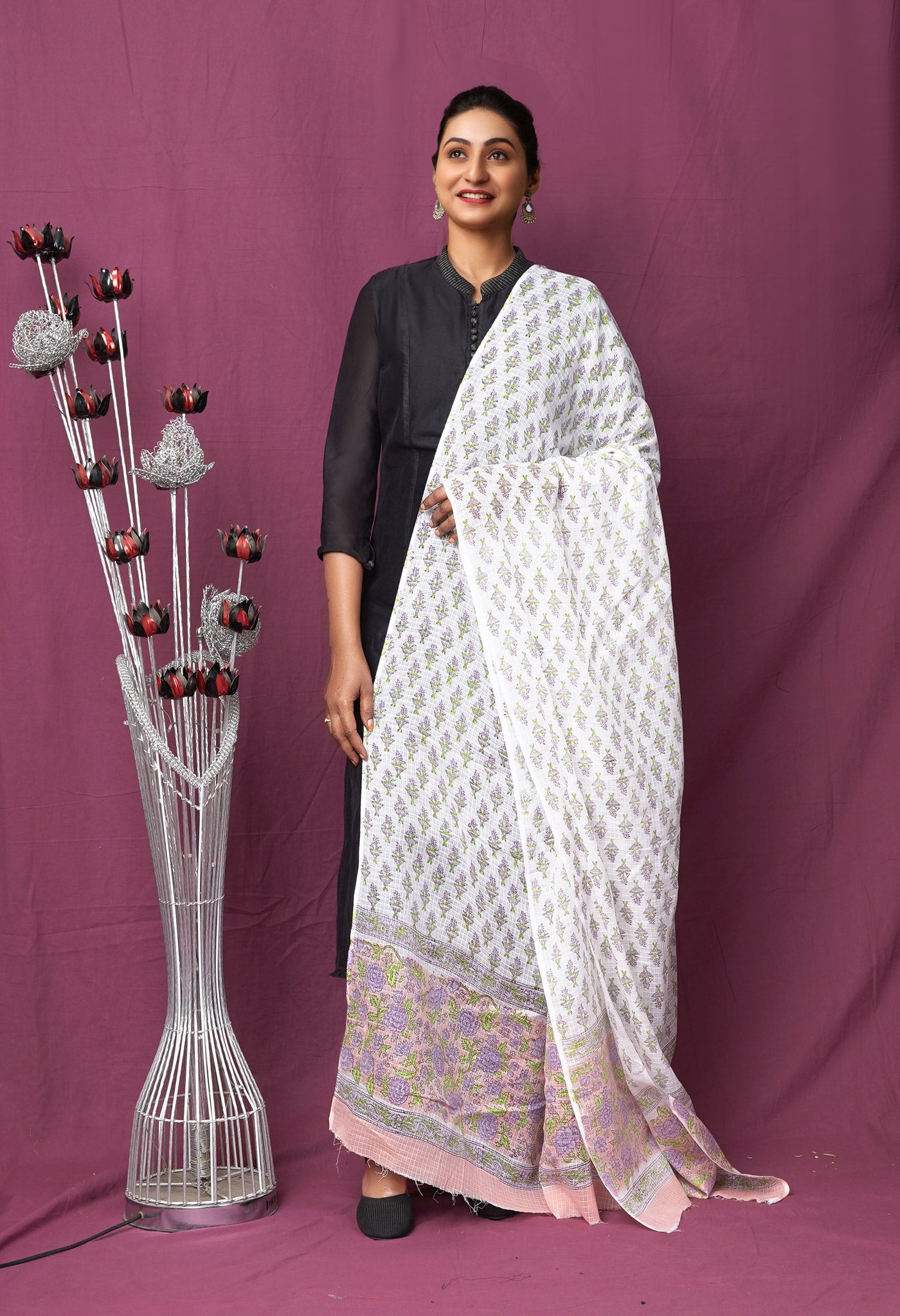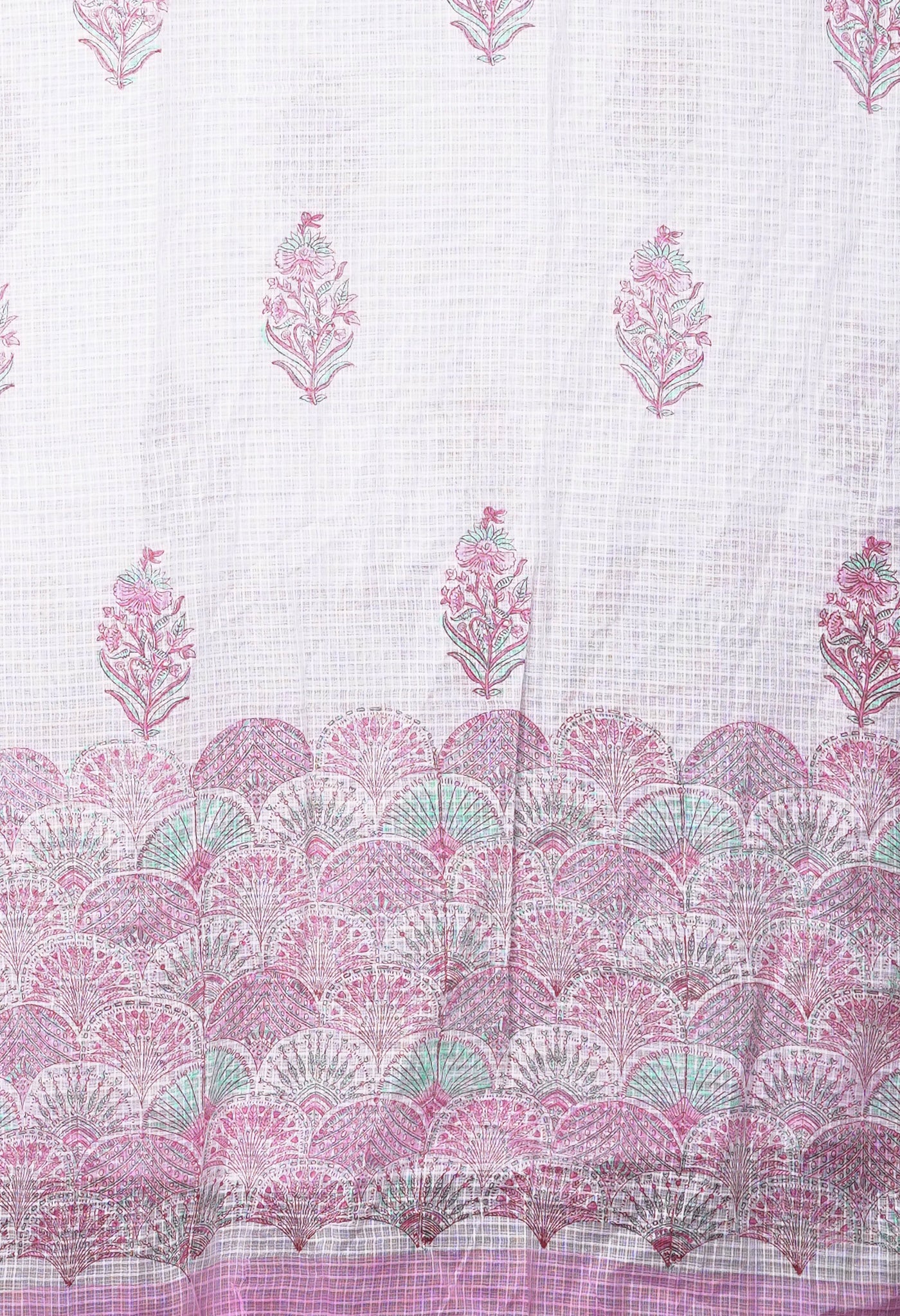
Embroidery - traditional adornment transforming ordinary fabrics into extraordinary art canvases
Ever wonder what is it that sets two pieces of apparel apart?
 What brings into effect the ‘look incomparable’ of one fabric in comparison with others in a wide display?
What brings into effect the ‘look incomparable’ of one fabric in comparison with others in a wide display?
It is the extra attention given to that fabric that literally causes the elevation in its overall appearance to be much above the others alongside it.
Pray ‘what is that extra attention’ you may ask.
It is the adornment or decoration or added features such as embroidery or hand painting that sharply draws the line between fine and extraordinary. A little of this on the body, a little of that on the border and some of it extended to the pallu as well. And Hey Presto! The one that gets that ‘extra’ causes others to pale in comparison.
While hand painting does make a difference, it is neither routine nor universal. It therefore zooms in on embroidery, that wonder feature that transforms and tells a different story.
Embroidery or decorative needlework is usually done on fabrics like the salwar kameez and the saree in India to heighten the appeal of these fabrics. A form of adornment practiced in various forms in different parts of the country it ranges from simple thread work to extraordinarily intricate types.
Embroidery work is thread work involving threads made from plain silk or cotton yarn to gold and silver zari. It is mainly done on  motifs or patterns on the body, borders or pallu (end piece) of fabrics like the saree or the salwar, kameez and dupatta of a salwar suit to add appeal to the fabric. It could be plain decorative thread work to improve upon a plain fabric, rich zari work for a traditional handloom saree or exquisite zardosi or kundan work on exclusive fabrics.
motifs or patterns on the body, borders or pallu (end piece) of fabrics like the saree or the salwar, kameez and dupatta of a salwar suit to add appeal to the fabric. It could be plain decorative thread work to improve upon a plain fabric, rich zari work for a traditional handloom saree or exquisite zardosi or kundan work on exclusive fabrics.
Handcrafted embroidery is exclusive and a treasured art that is painstaking and time consuming. A lot of care and dedication goes into the handloom fabrics of ethnic practitioners, resulting in flawless creations of exquisite beauty.
Zardozi, Chikan, Kantha, Bagh, Kasuti, to name a few, are some of the more popular forms of handcrafted embroidery used to adorn sarees.
Zardozi is metal embroidery done on various fabrics using gold or silver colour coated copper wire along with a silk thread. Popular since Mughal times , zari thread is employed for zardozi.

Real Zari has thread made from gold or silver. Imitation zari uses gold or silver coated copper wire. Today mostly zari is made from metallic polyester film where a polyester core is covered by gold or silver coloured metallic yarn.
Chikankari or chikan work is intricate embroidery on fabrics. An art form since the Mughal period, the design or pattern print is
transferred to the cloth, the embroidery done on it and the print washed away later leaving only the embroidery behind. Once done using only white thread on plain white fabrics, today the use of coloured threads is also made, based on the market demand. Lucknavi chikankari is the most unique and famous of chikan work from among that of the several places in India where this art form is practised.
Kantha Work, is essentially embroidery work done on sarees, with a running stitch on them in the form of motifs. These motifs could be animals, birds, flowers, simple geometrical shapes and scenes from everyday life. It gives the saree a wrinkled and wavy look and transforms a plain saree into an extraordinary creation. Though the running stitch is mostly used for its ease, other forms of stitch such as darning stitch, satin stitch and loop stitch are also used. Based on the use of the fabric, Kantha is divided into seven different types, Lep kantha and Sujani kantha being the most popular types.
be animals, birds, flowers, simple geometrical shapes and scenes from everyday life. It gives the saree a wrinkled and wavy look and transforms a plain saree into an extraordinary creation. Though the running stitch is mostly used for its ease, other forms of stitch such as darning stitch, satin stitch and loop stitch are also used. Based on the use of the fabric, Kantha is divided into seven different types, Lep kantha and Sujani kantha being the most popular types.
 Bagh and Phulkari are a kind of embroidery practiced by women in Punjab. Heavy and exquisite embroidery on sarees and salwar kameez, especially the lehenga type, where the base fabric is fully covered with floral embroidery or adorned with motifs of beautiful floral art, it is mostly done for fabrics worn on special occasions like festivals and weddings. Today Bagh patterns are also employed as beautiful prints that have already created a stir in fashion circles.
Bagh and Phulkari are a kind of embroidery practiced by women in Punjab. Heavy and exquisite embroidery on sarees and salwar kameez, especially the lehenga type, where the base fabric is fully covered with floral embroidery or adorned with motifs of beautiful floral art, it is mostly done for fabrics worn on special occasions like festivals and weddings. Today Bagh patterns are also employed as beautiful prints that have already created a stir in fashion circles.
Kasuti is a traditional form of embroidery practiced in Karnataka, India. Kasuti work is very intricate and sometimes involves putting a large number of stitches by hand on traditional silk sarees like Ilkal and Kanjeevaram. Kasuti work involves embroidering intricate patterns like chariot, lamps and conch shells on the fabrics where the detailing is so minute and yet so fine that it is mind boggling. Locally available materials are mostly used for Kasuti.
a large number of stitches by hand on traditional silk sarees like Ilkal and Kanjeevaram. Kasuti work involves embroidering intricate patterns like chariot, lamps and conch shells on the fabrics where the detailing is so minute and yet so fine that it is mind boggling. Locally available materials are mostly used for Kasuti.
In today’s times embroidery is also broadly inclusive of adornments like mirror work, kundan work, badla work, addition of beads, shells, shiny metal pieces, chamki work and a host of others, since it involves stitching the adornment onto the main fabric.
While different pockets of traditional sarees follow their own styles of embroidery for the adornment of their weaves, the ultimate aim in inclusion of embroidery on any saree is to transform seemingly ordinary fabrics into beautiful landscapes of enormous appeal.
It might be of interest to know that Unnati Silks has the unique distinction of having, under one roof ethnic Indian varieties in sarees and salwar kameez from across the length and breadth of India. Besides it can proudly say that it has the fabrics that showcase most of the embroidery styles found in the country through its original products. Genuine, traditional and fusion fabrics that cause wonder and arouse interest for the sheer workmanship and innovative zeal! Unnati does not claim, it invites - to explore, affirm and then purchase from a wide and diverse spread of saris and salwar suits that are not only attractive in look but also in the price.
The next time you go to buy fabrics, you will realize that if the price difference is substantial comparatively, it is that ‘Embroidery’ which could be making the big difference.



